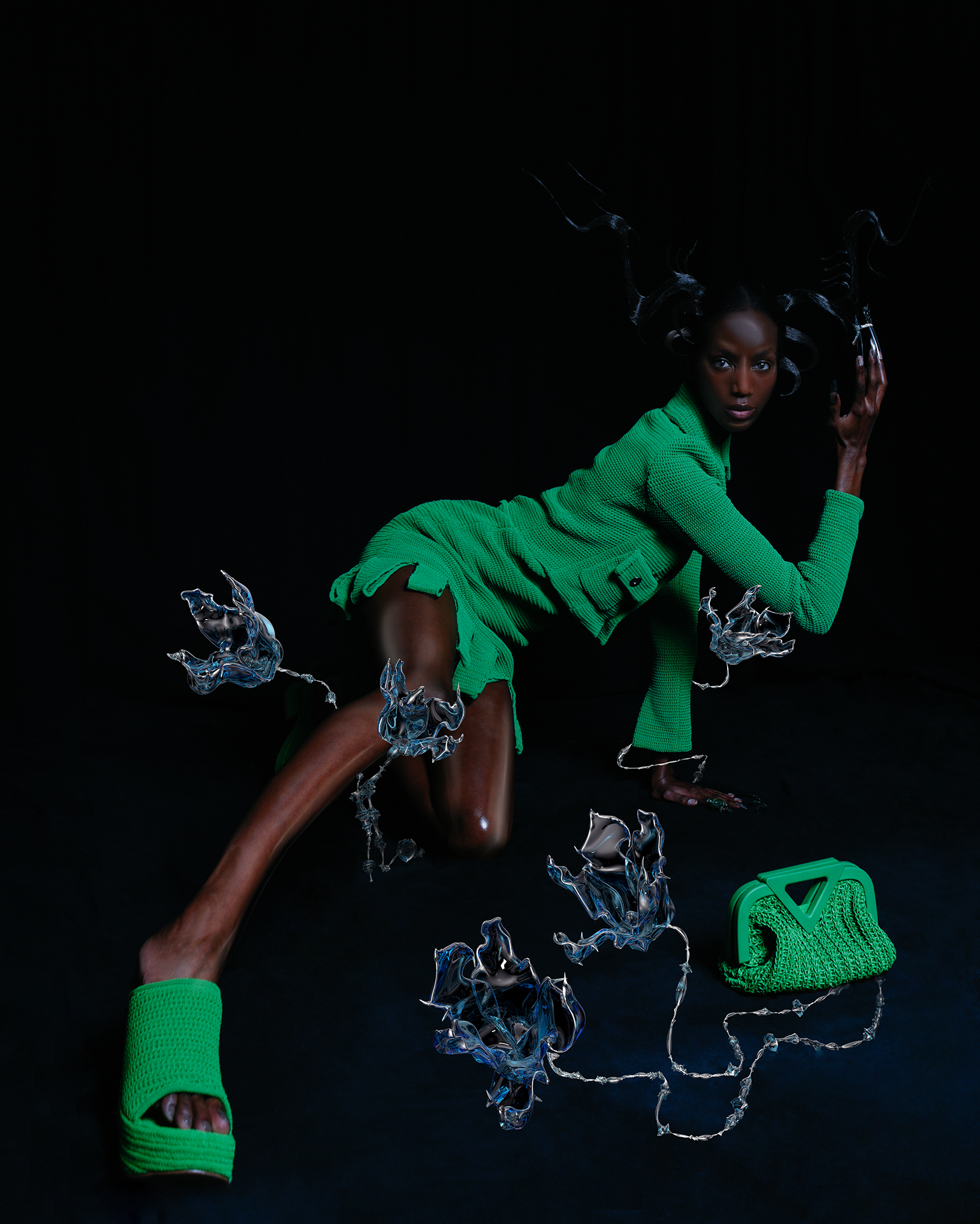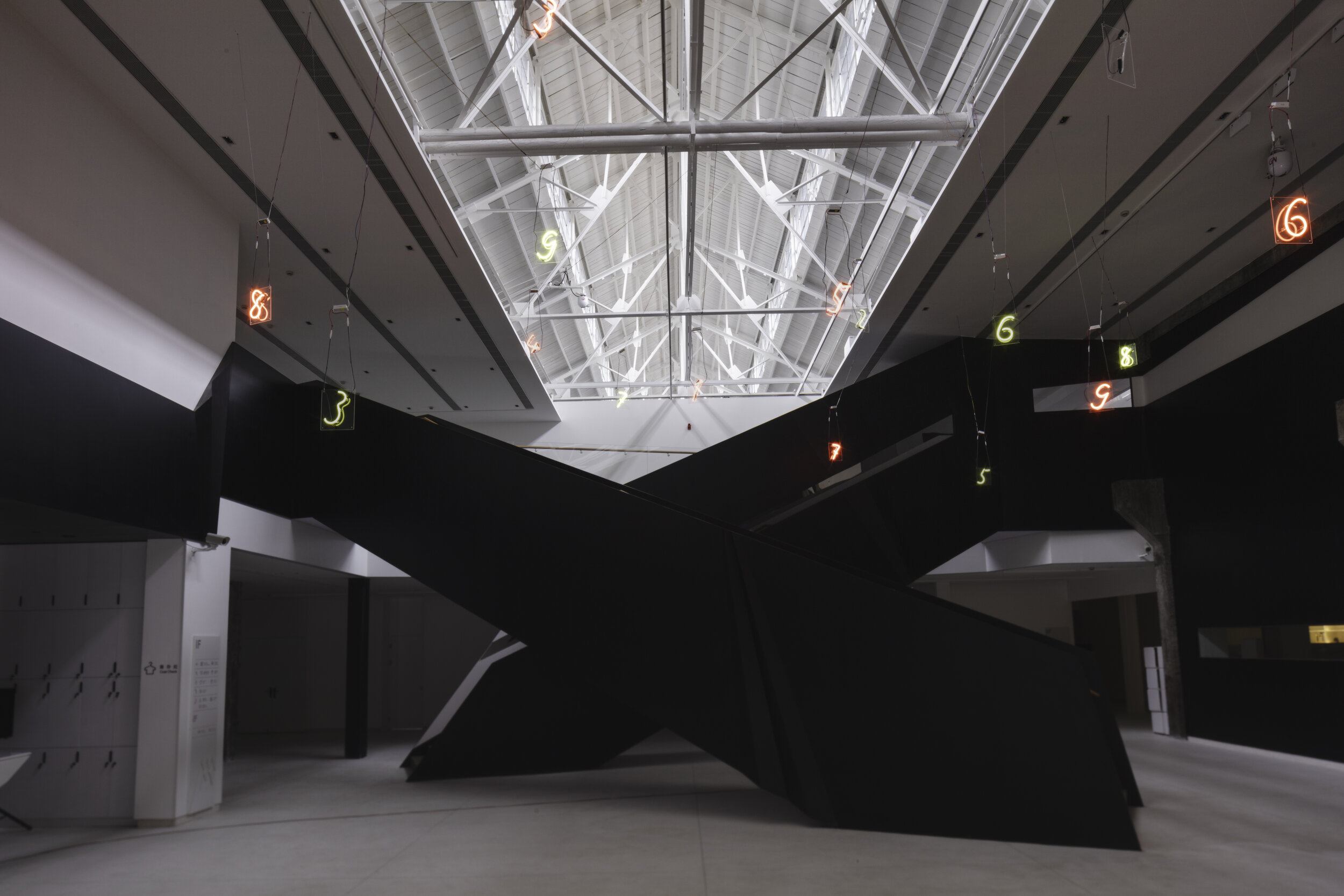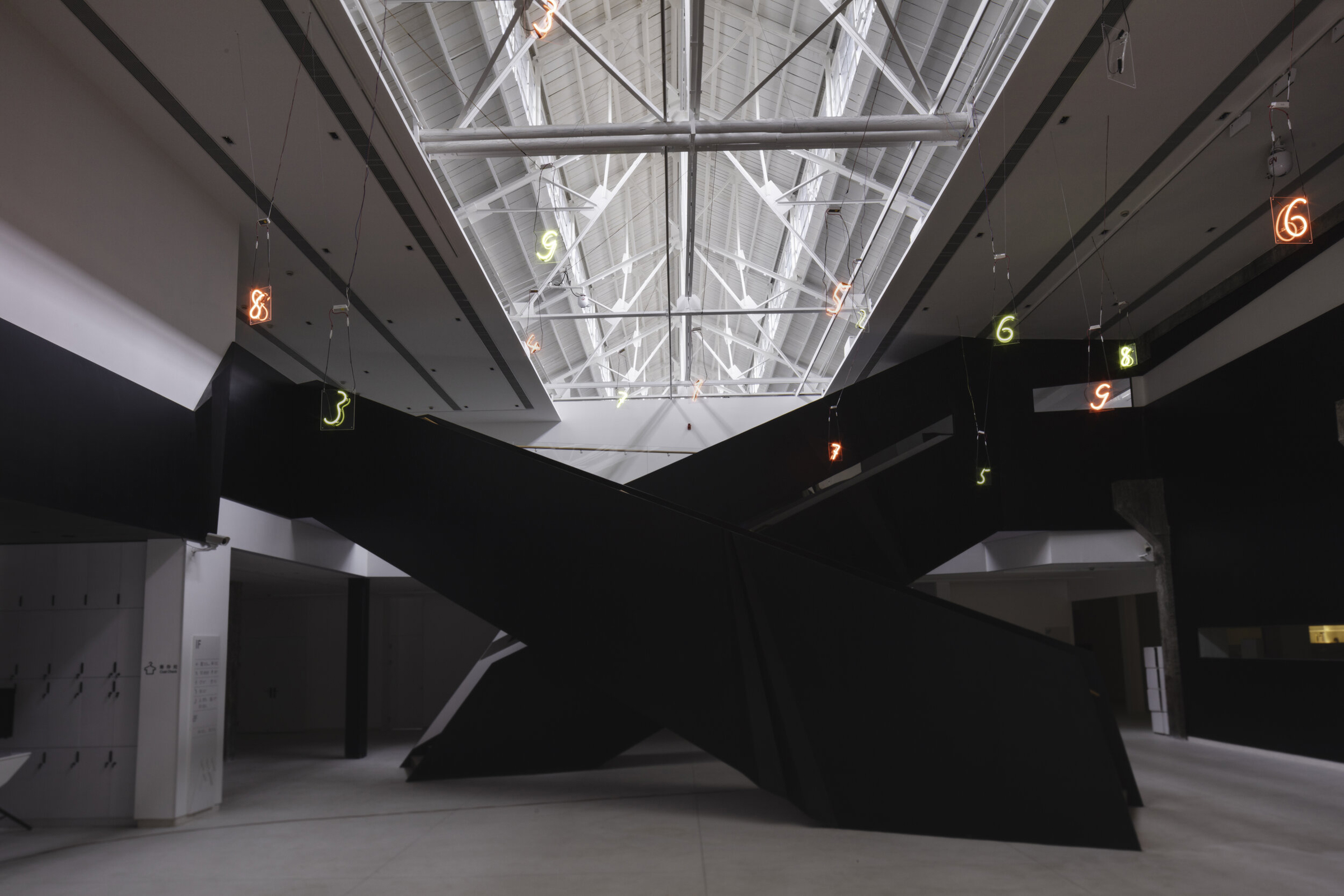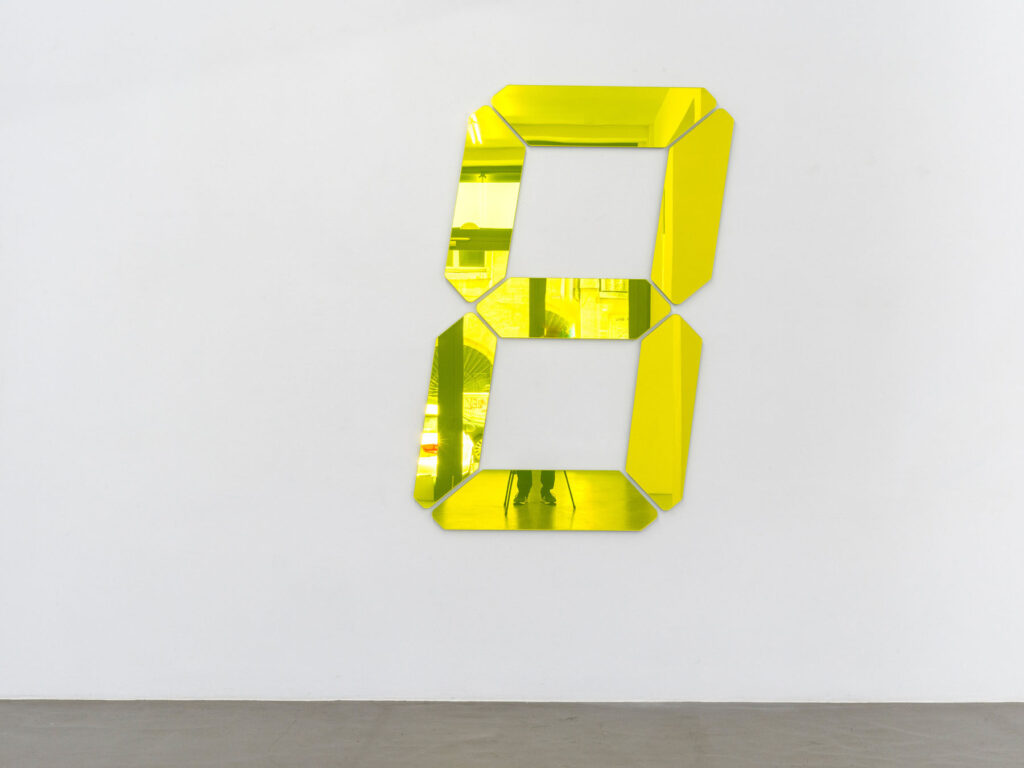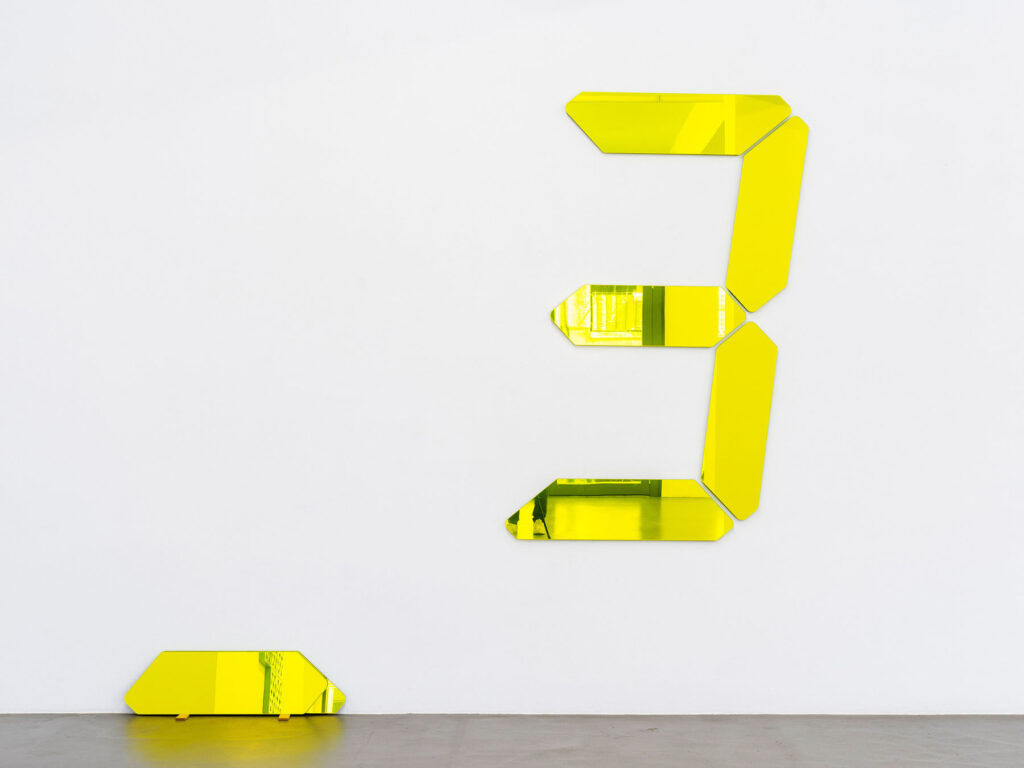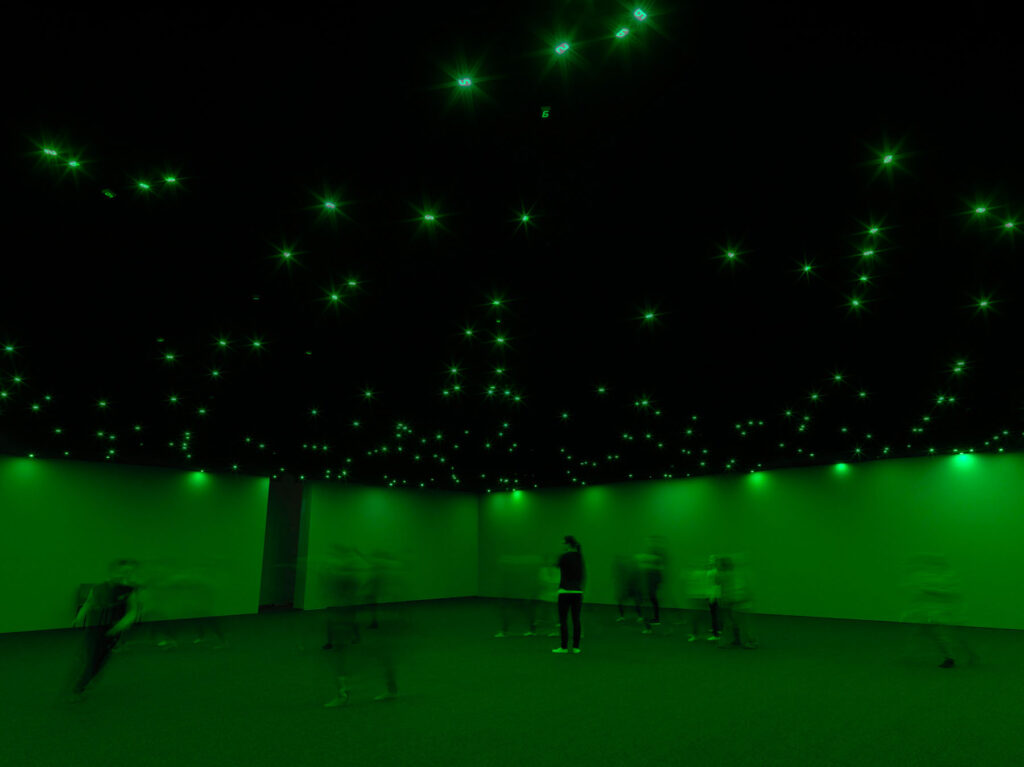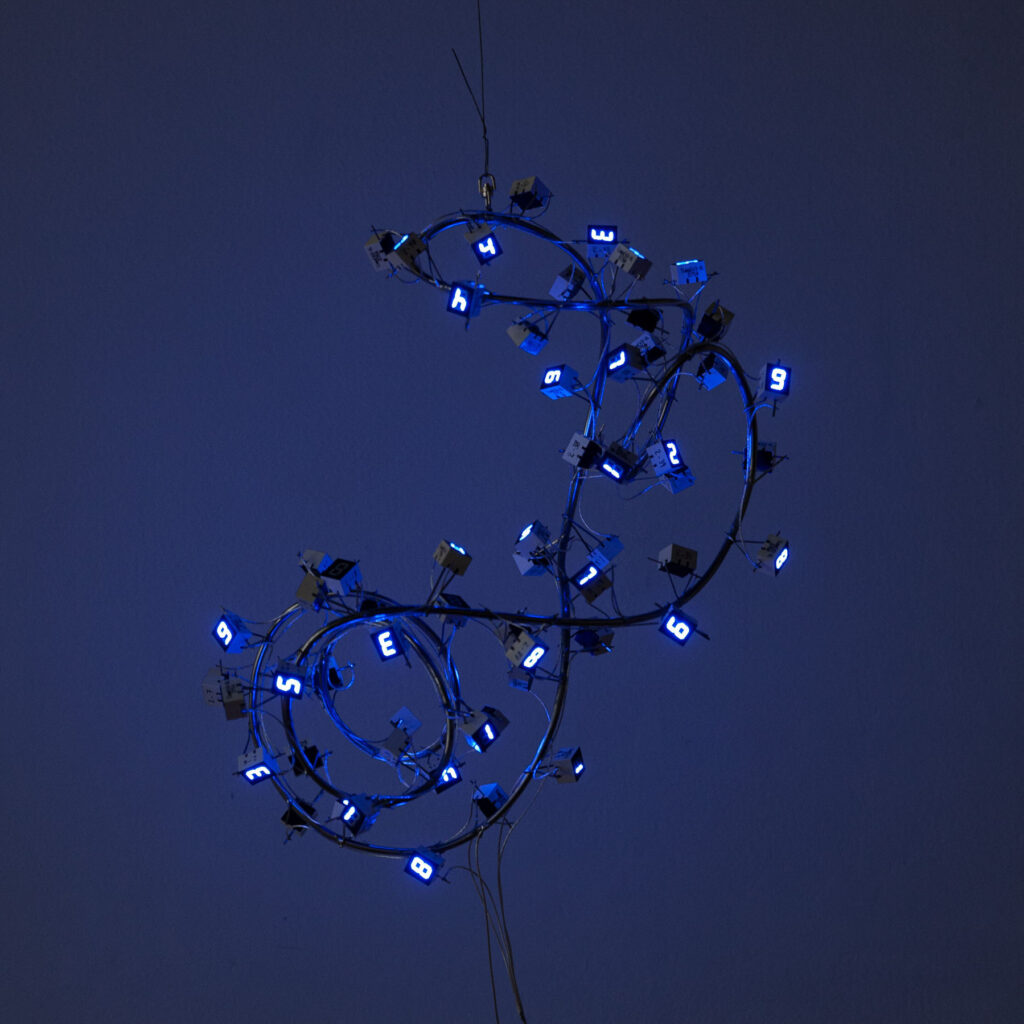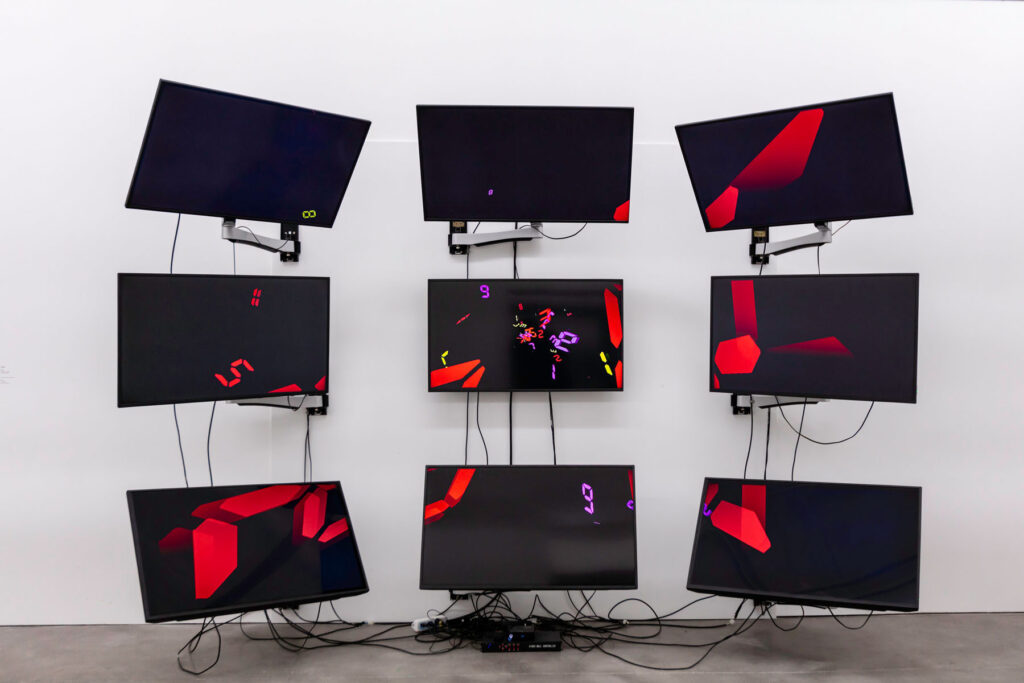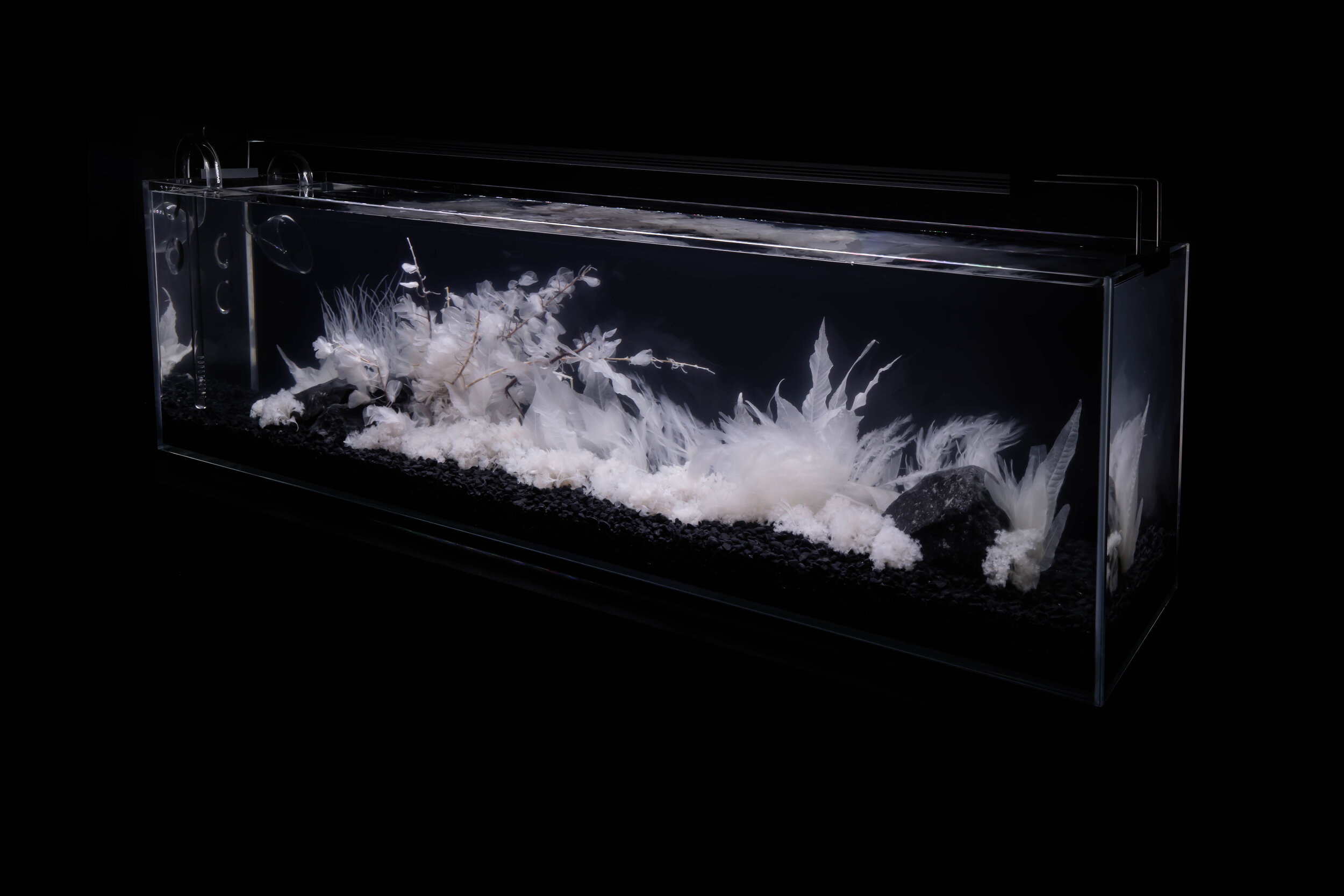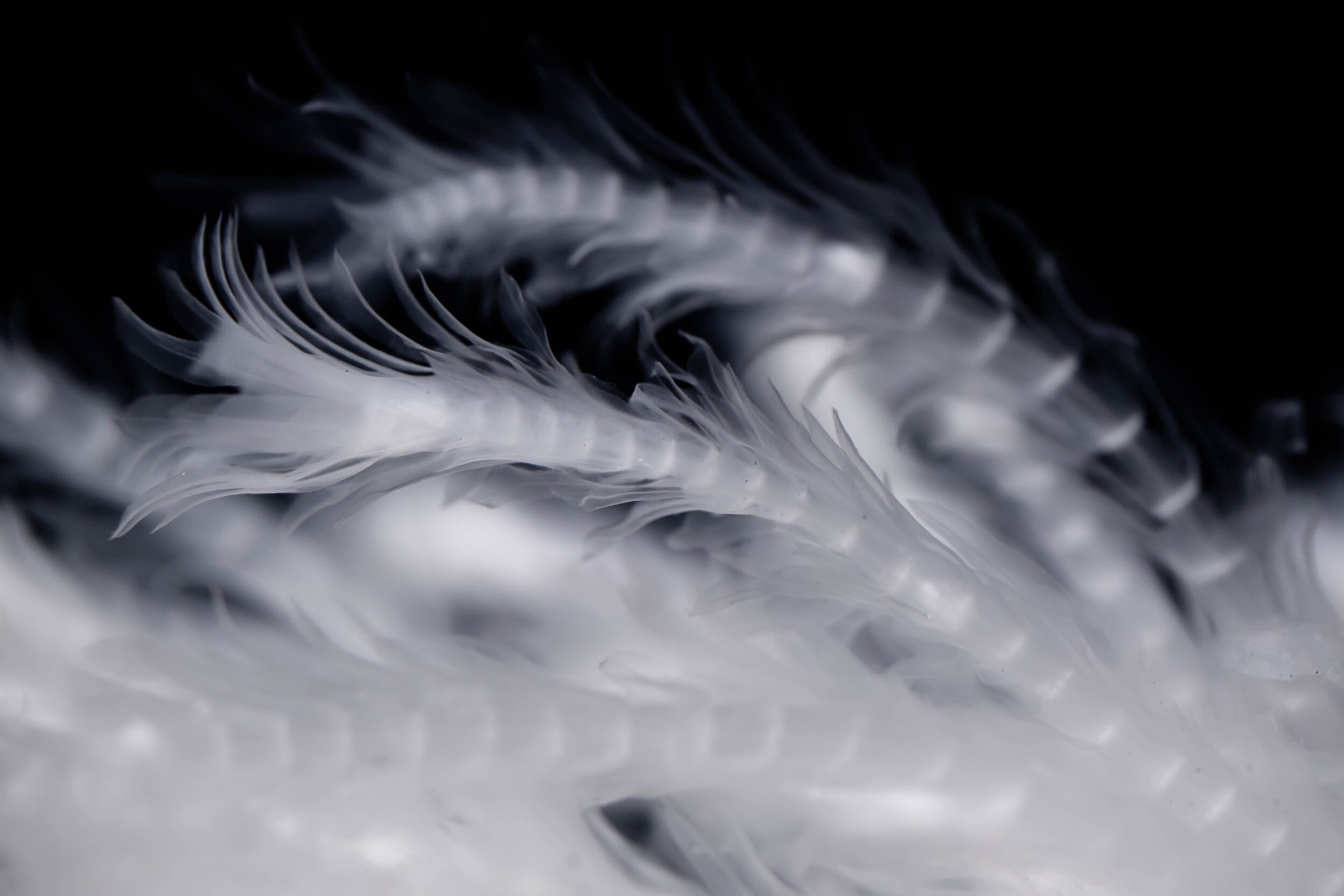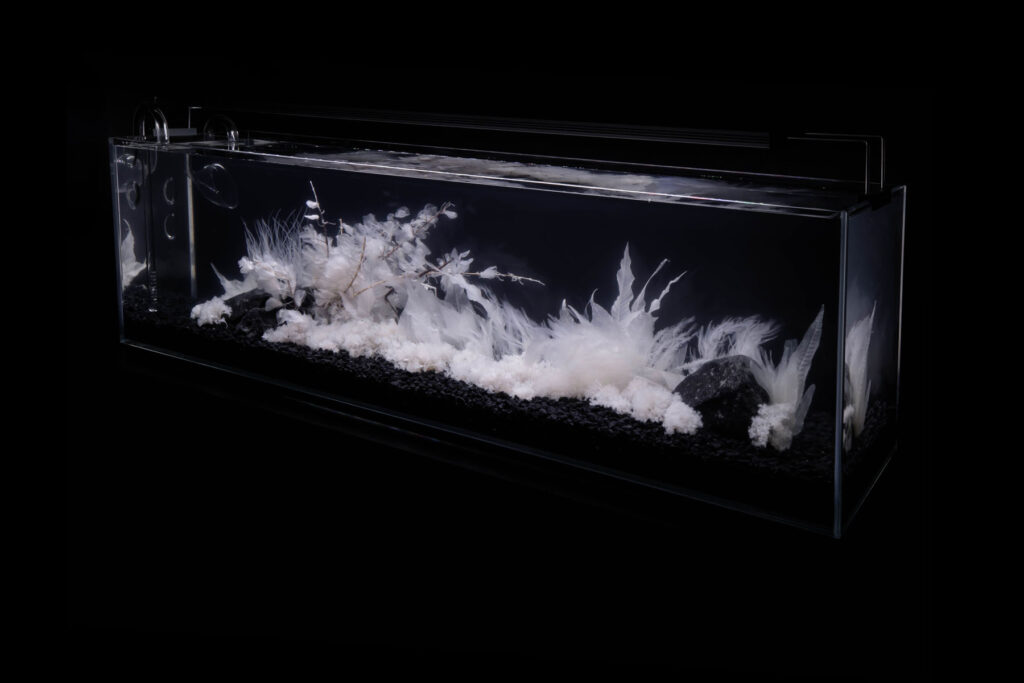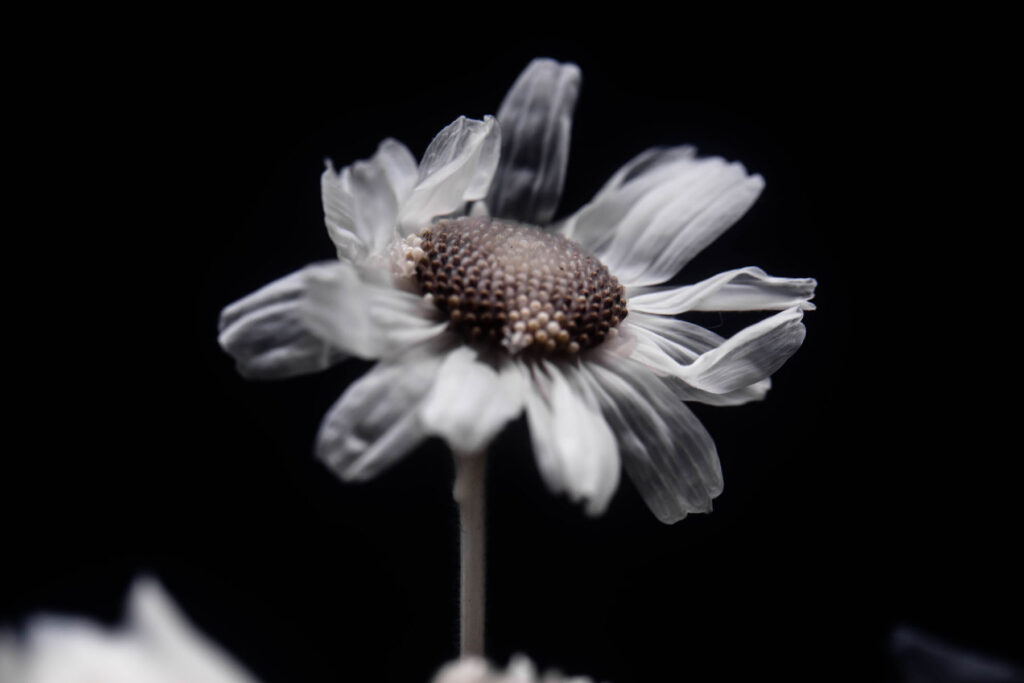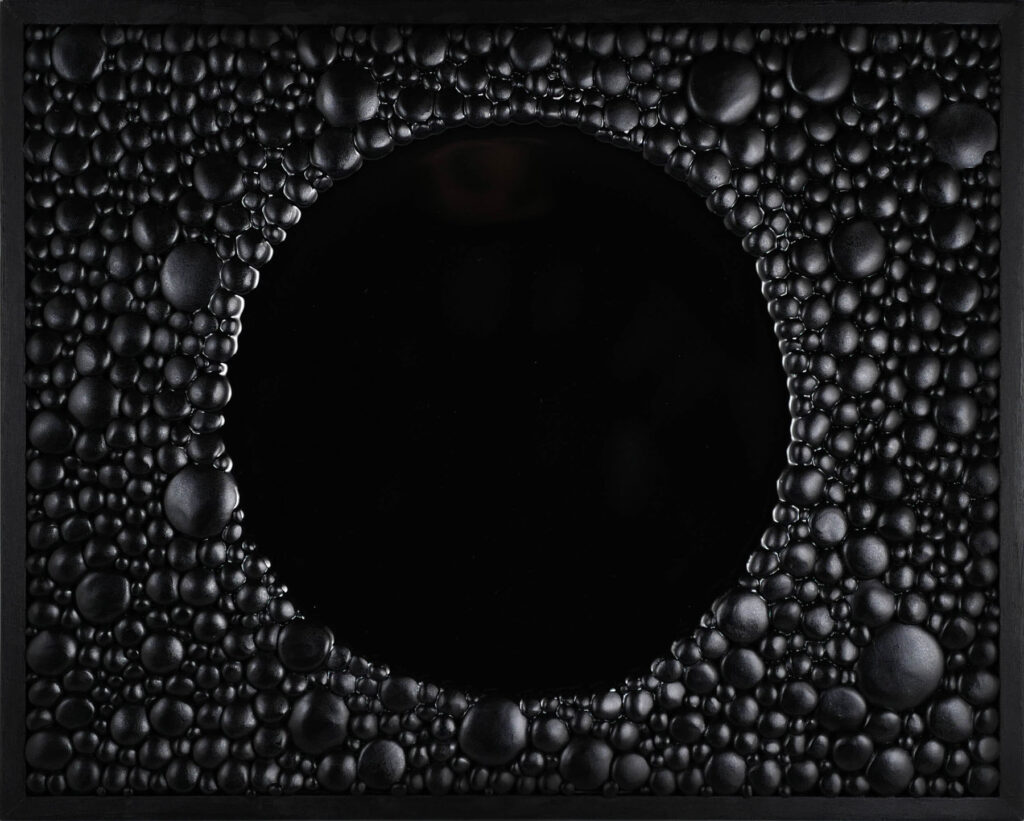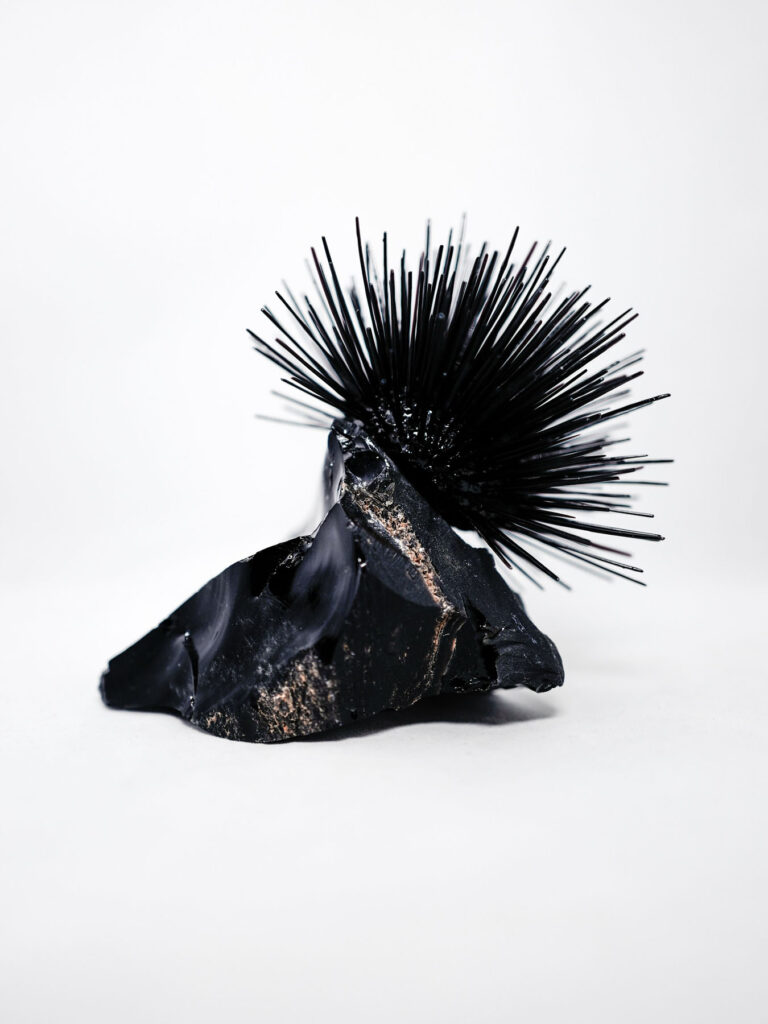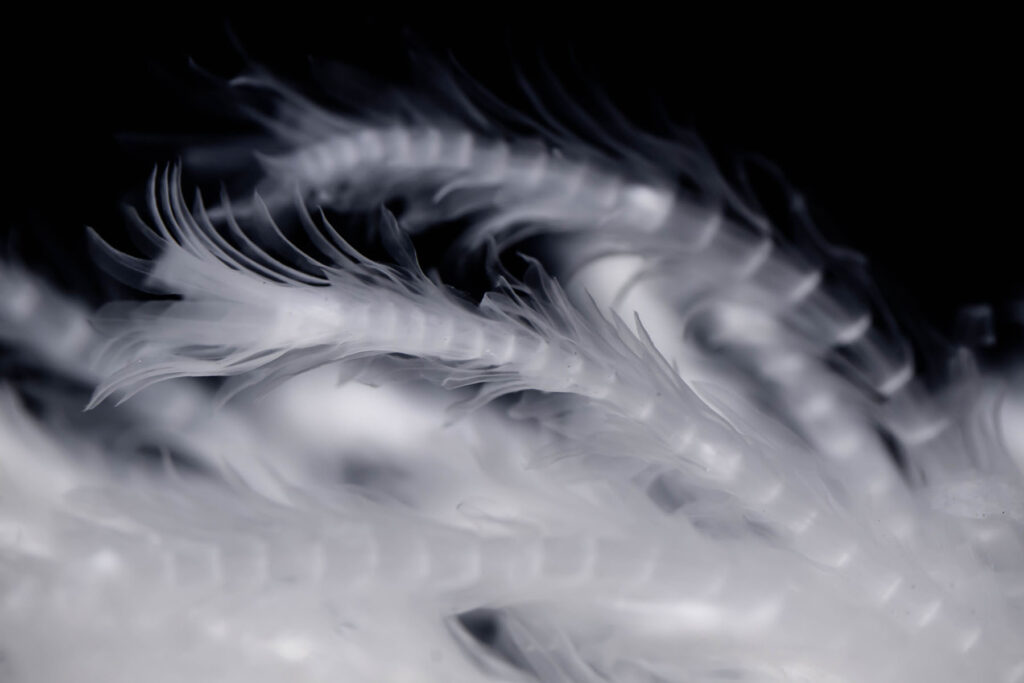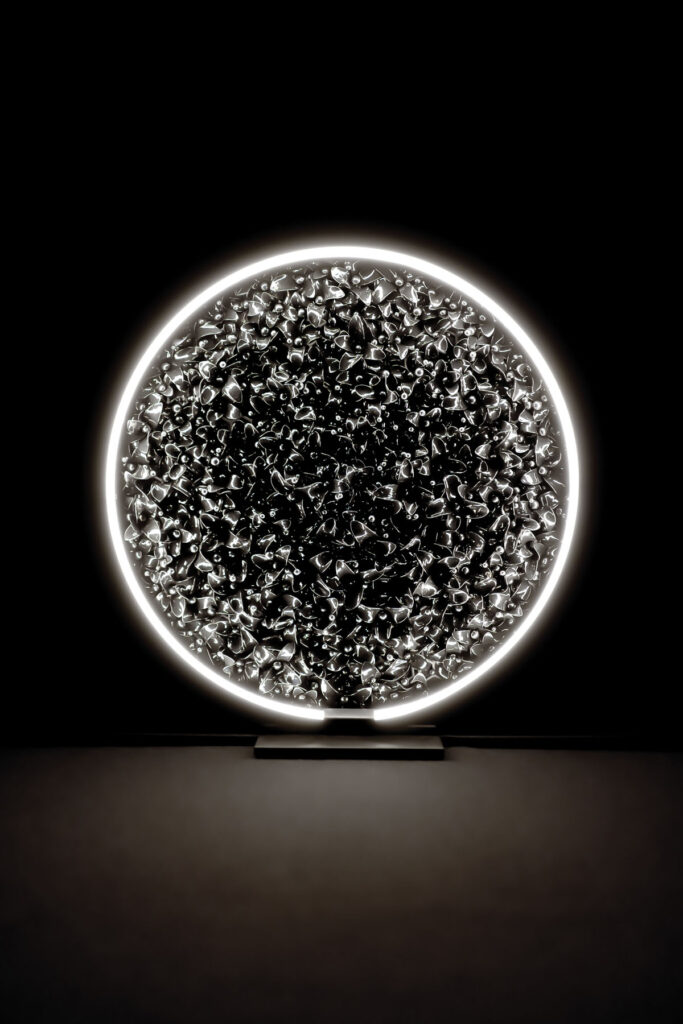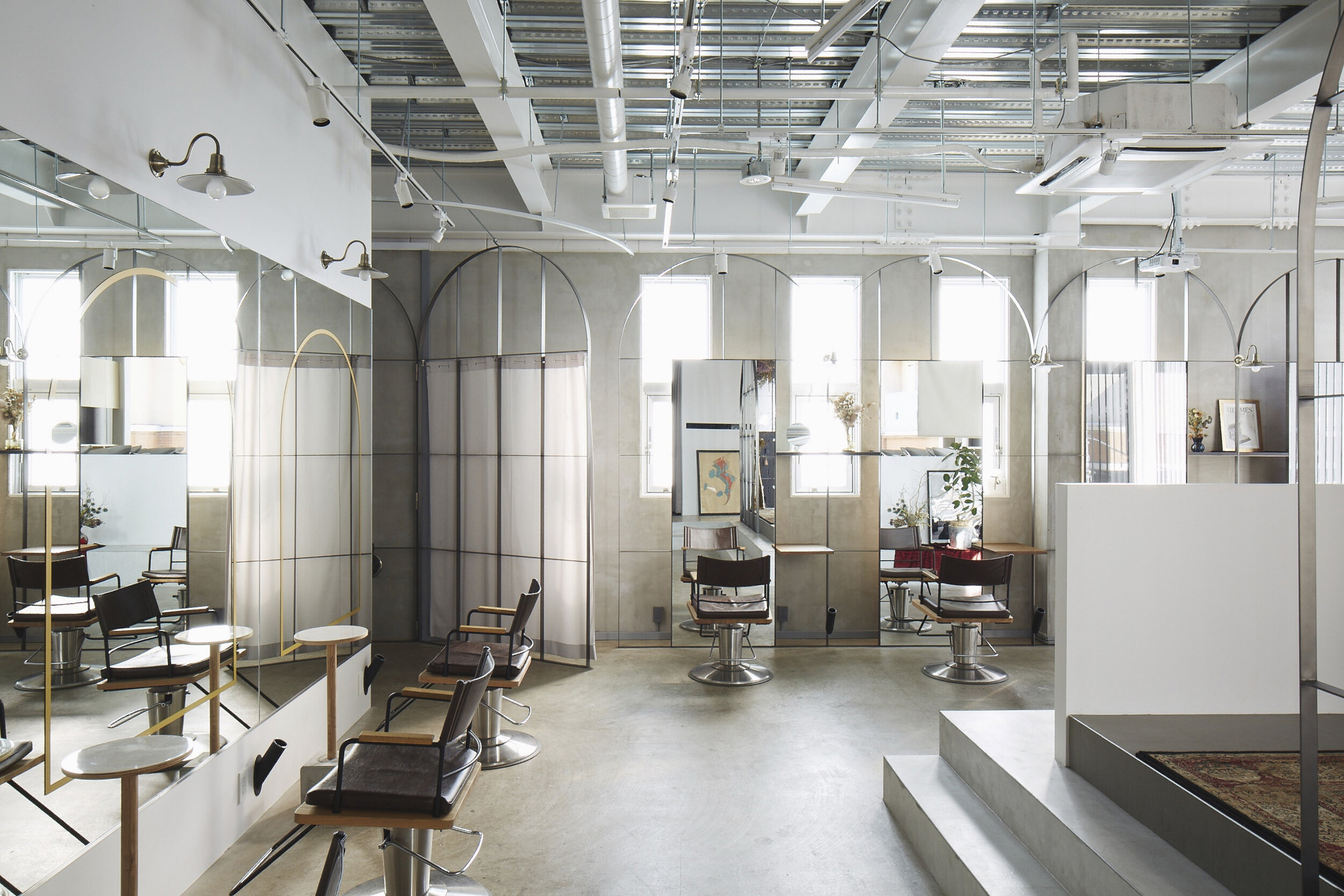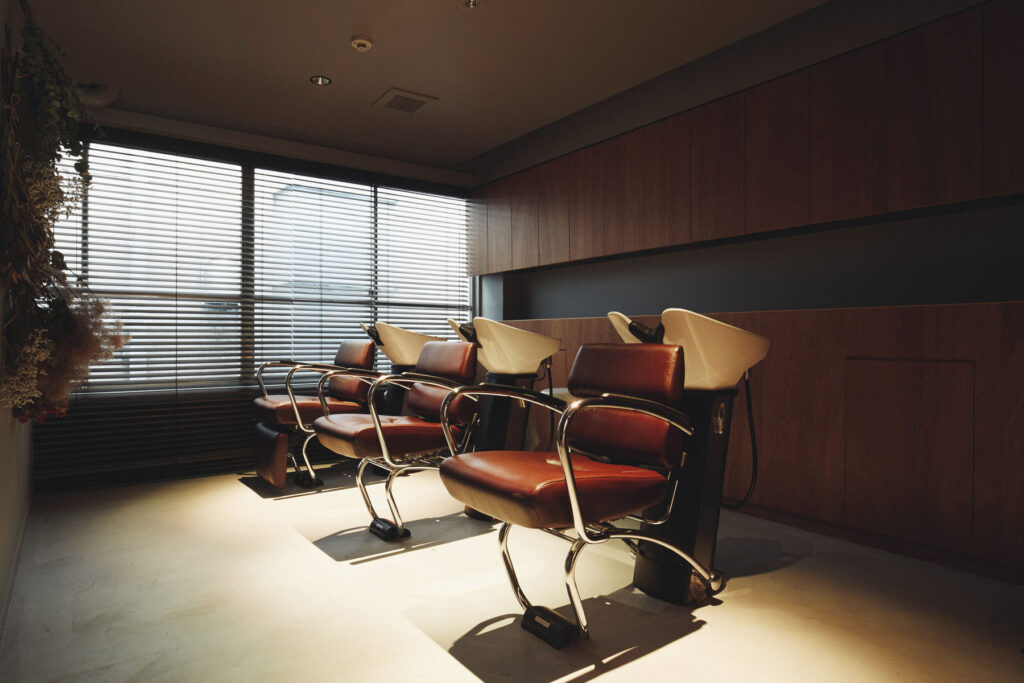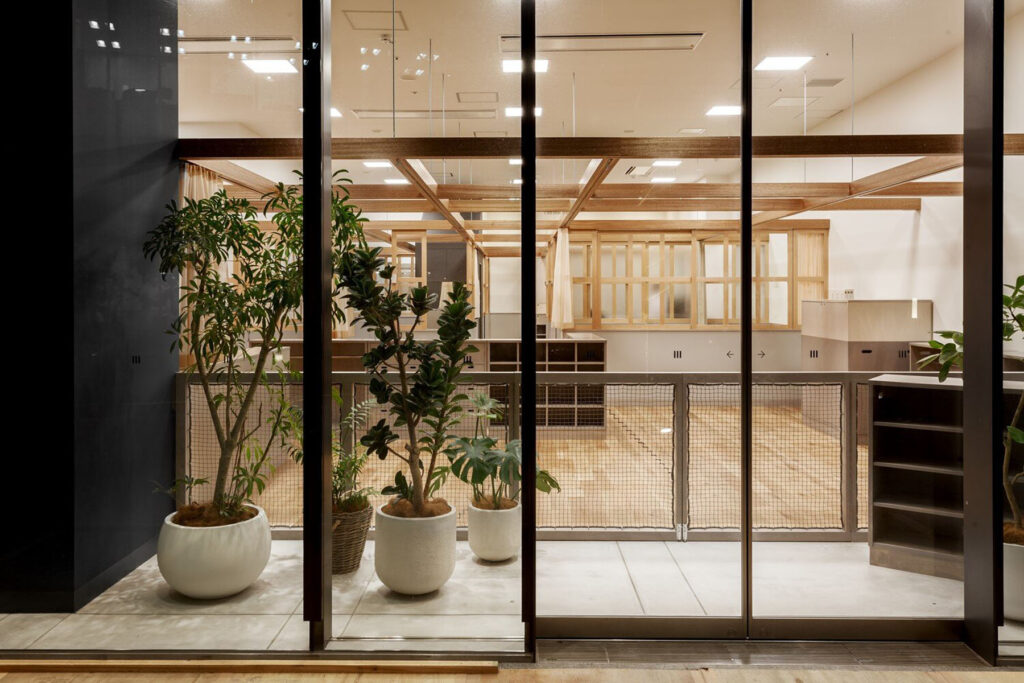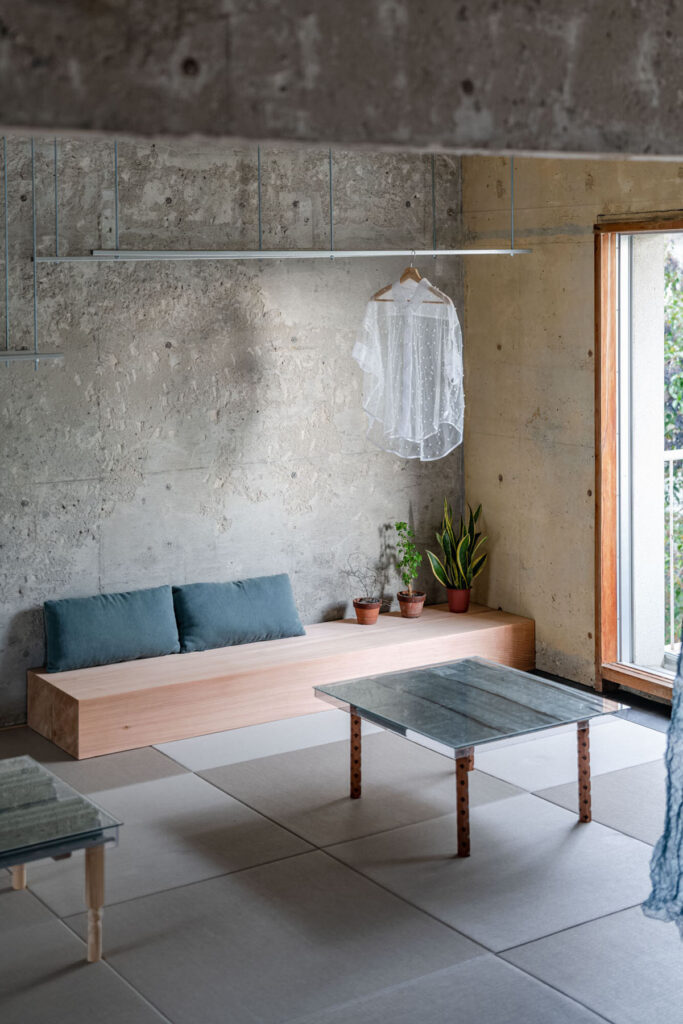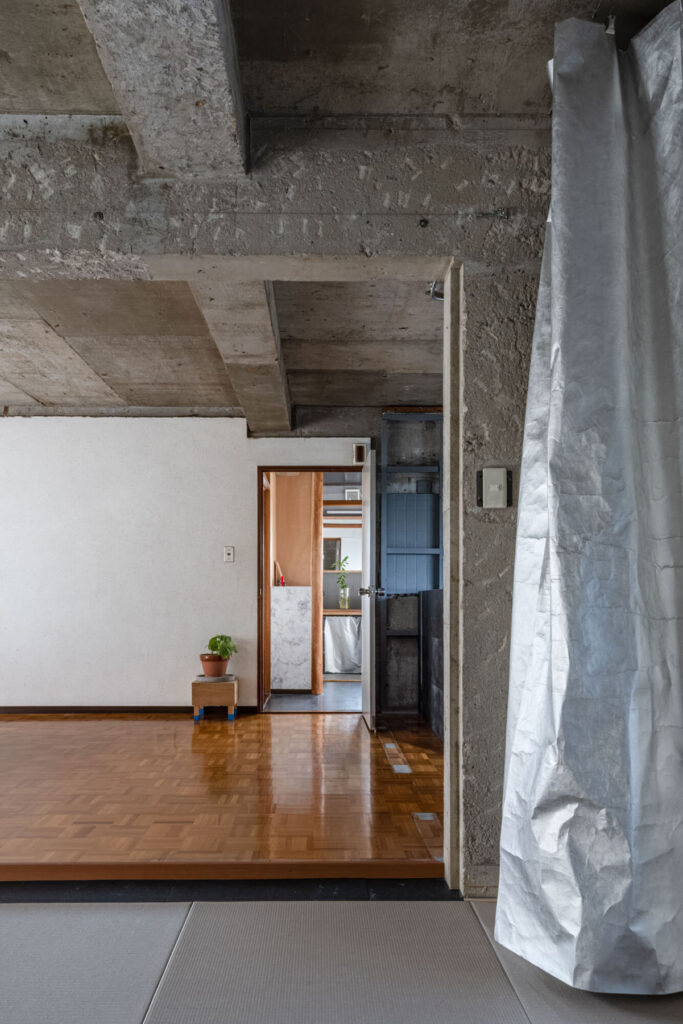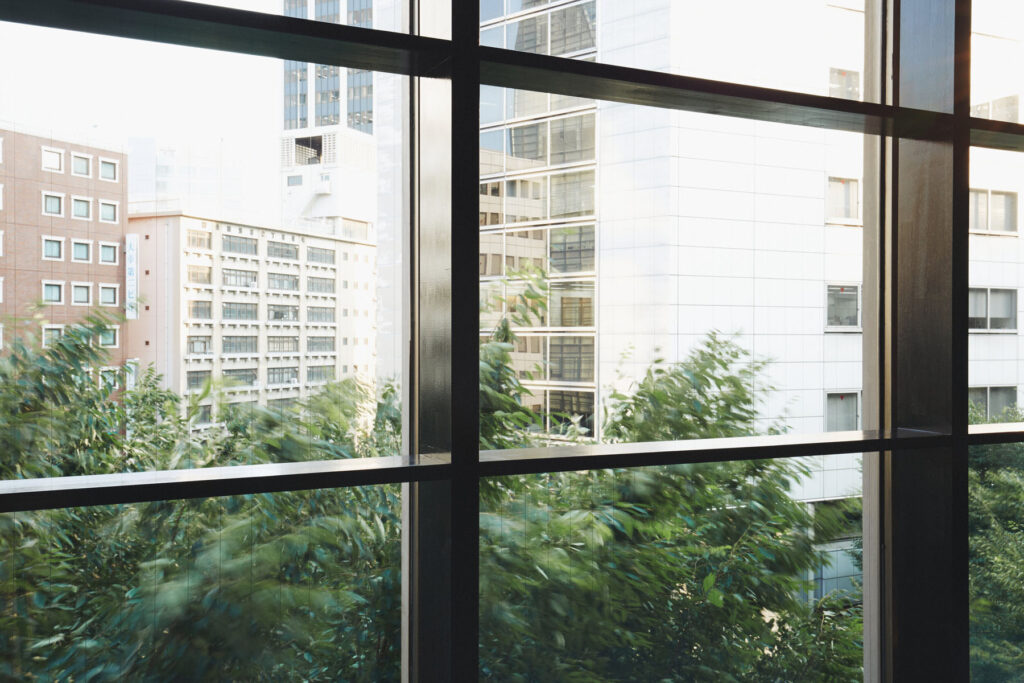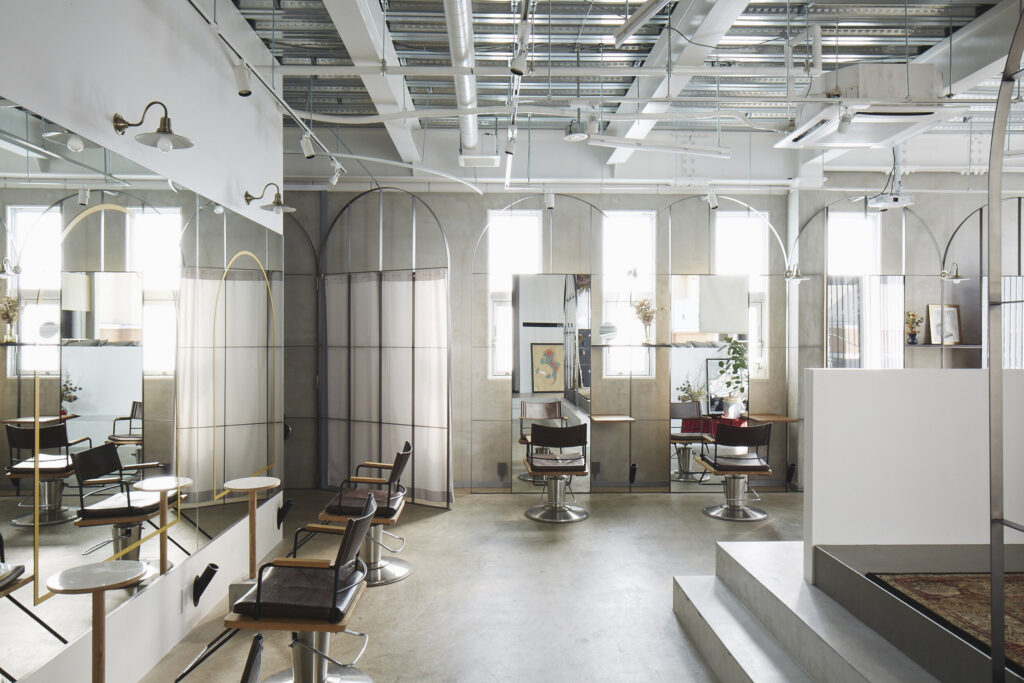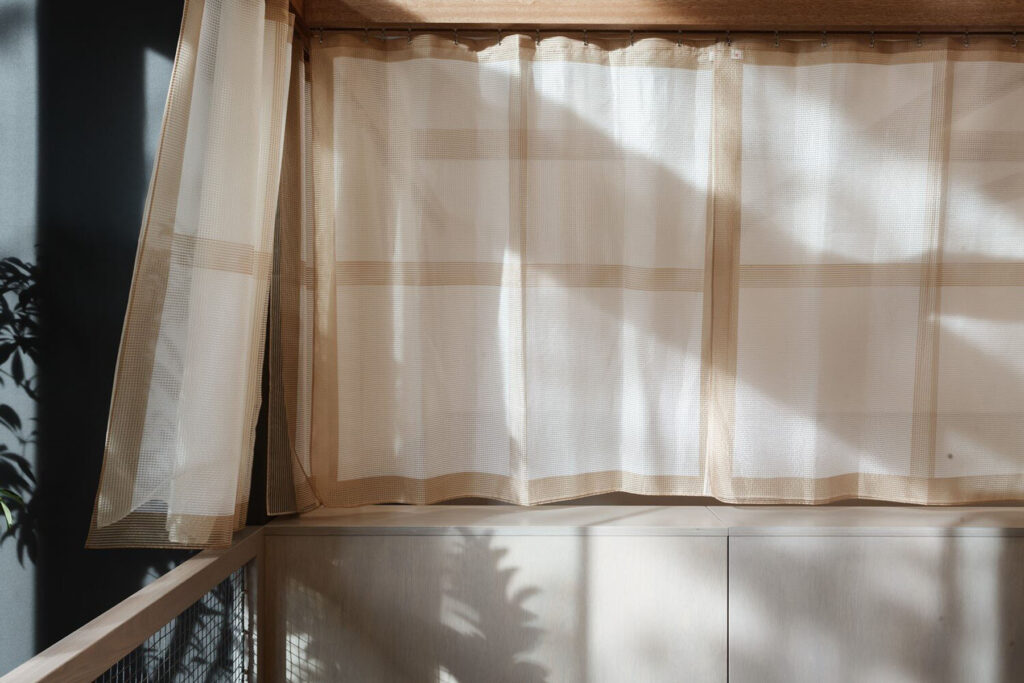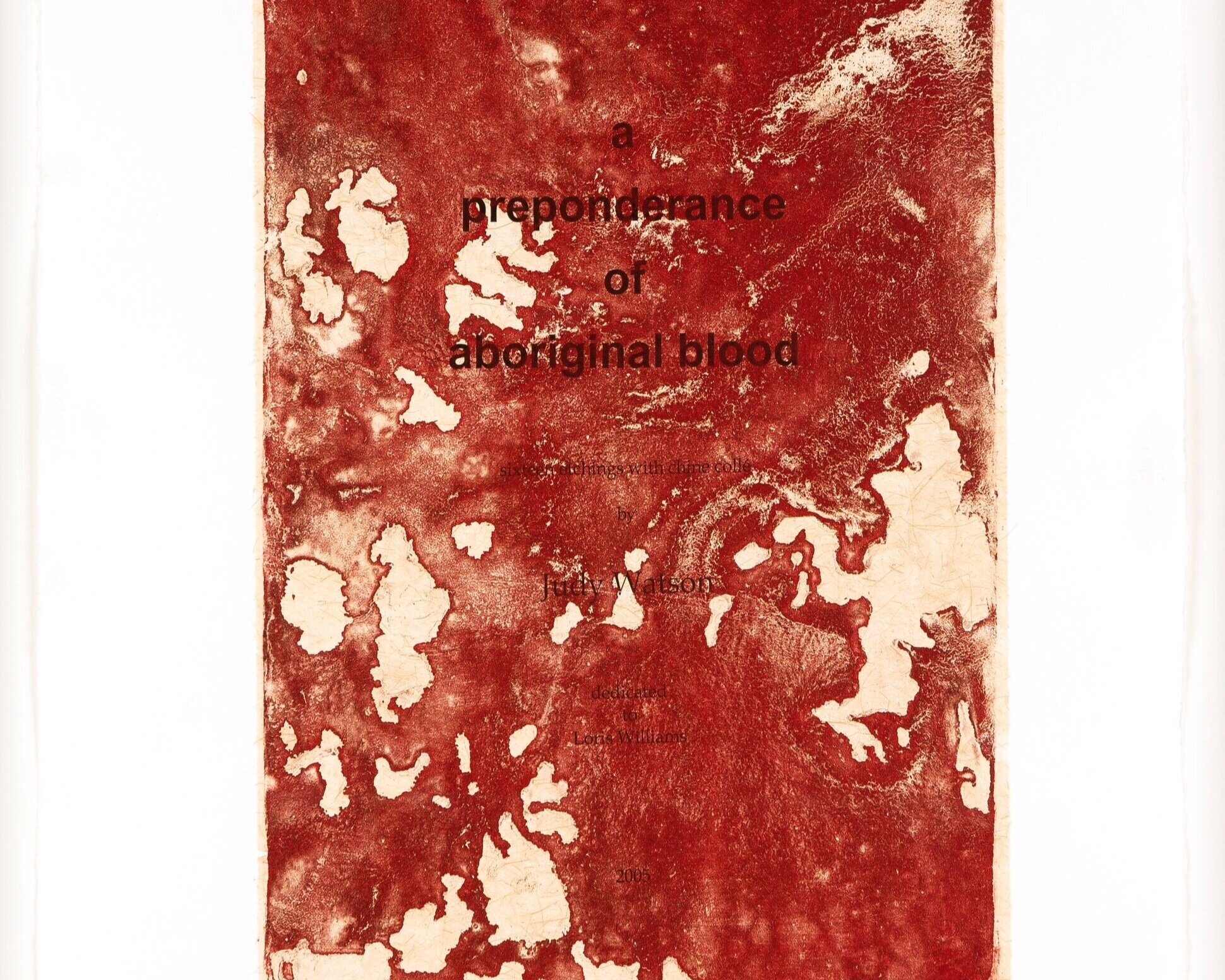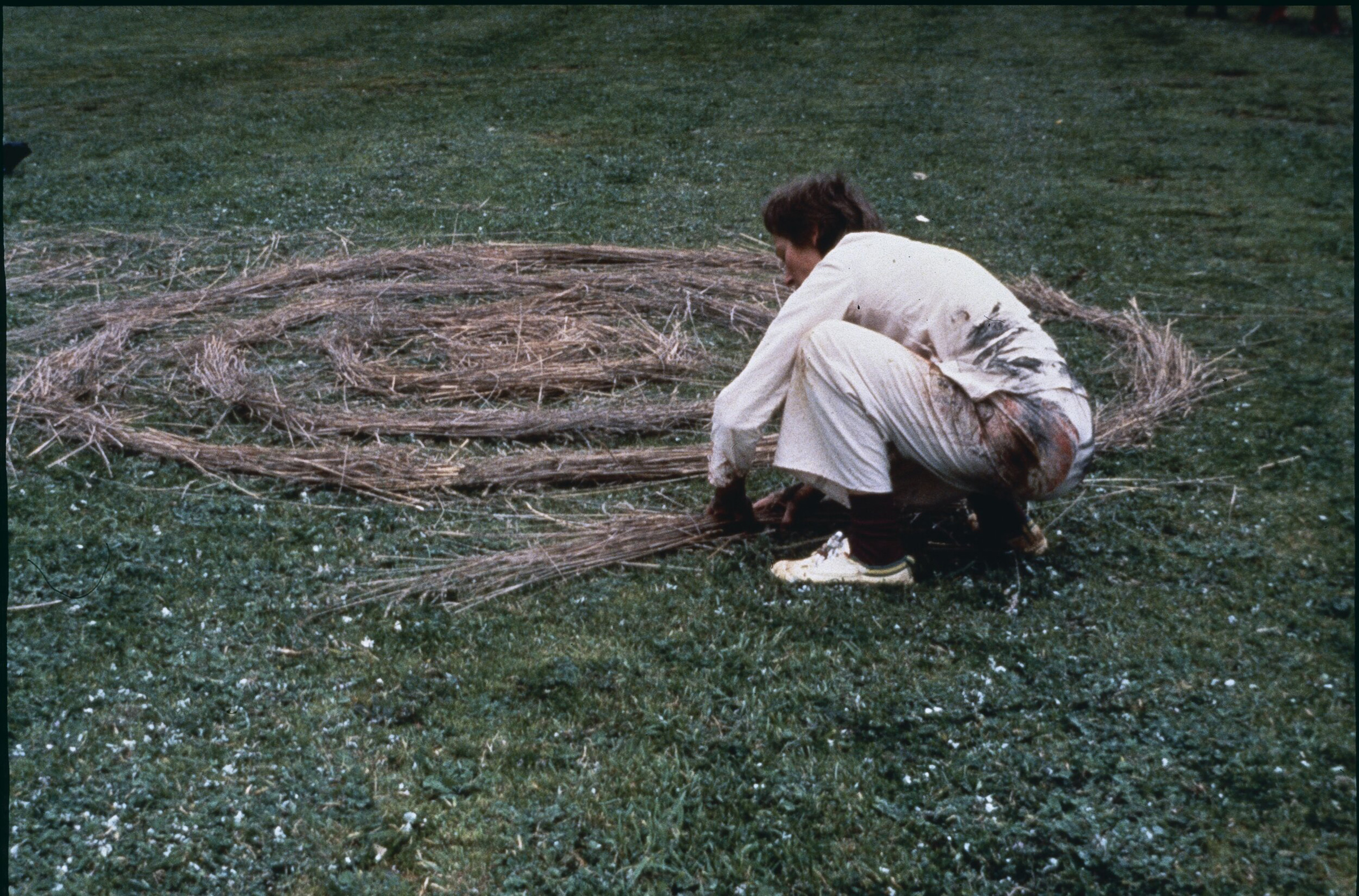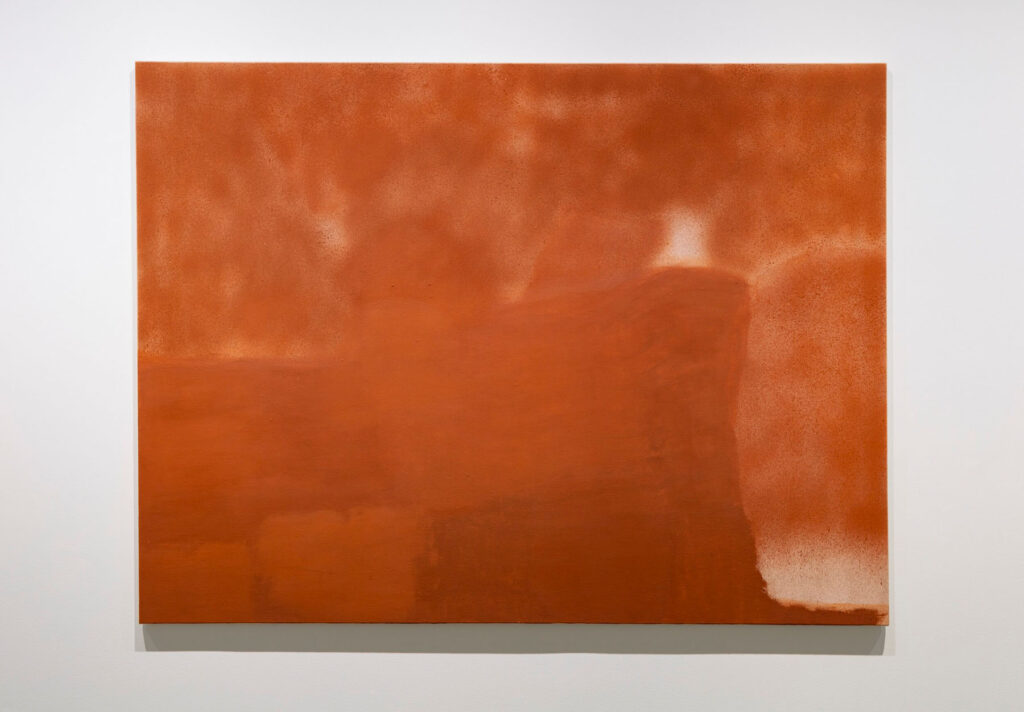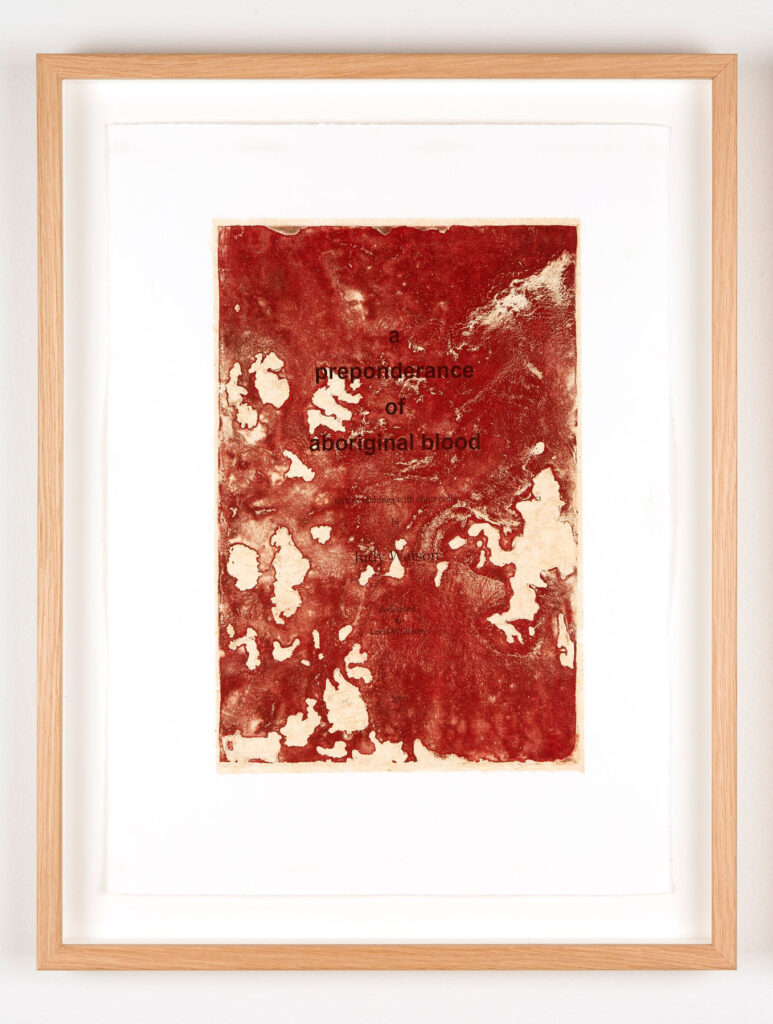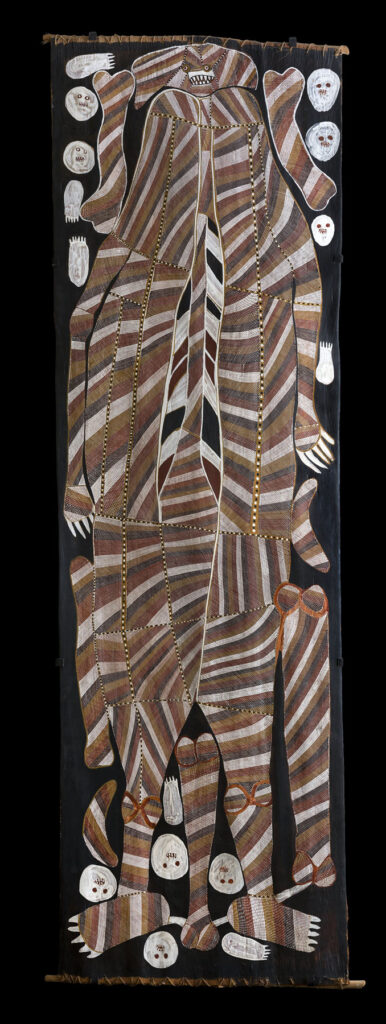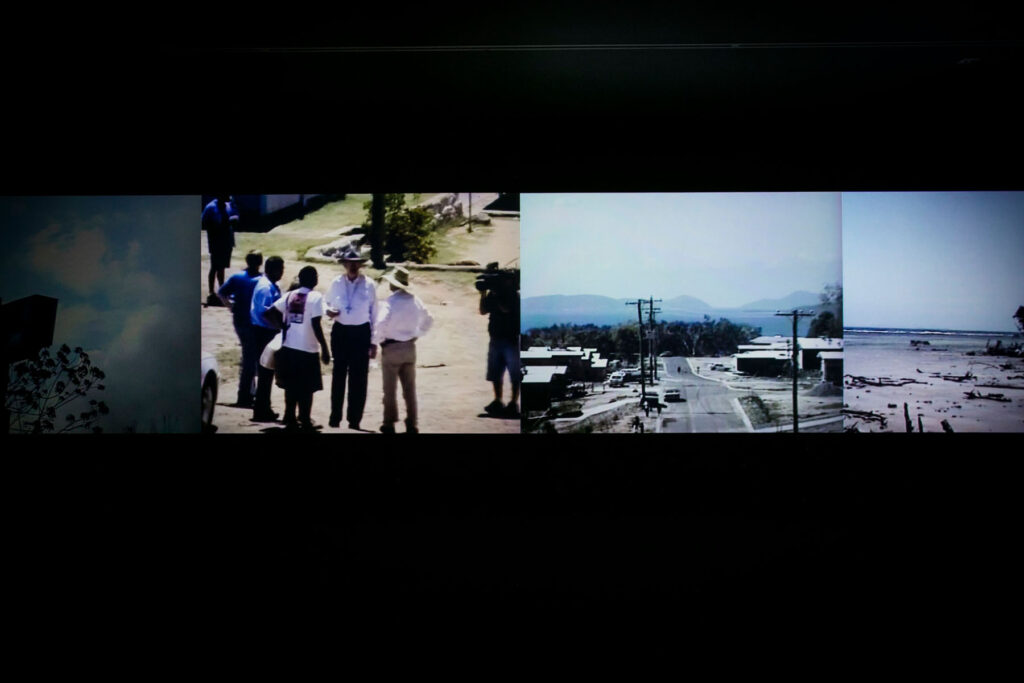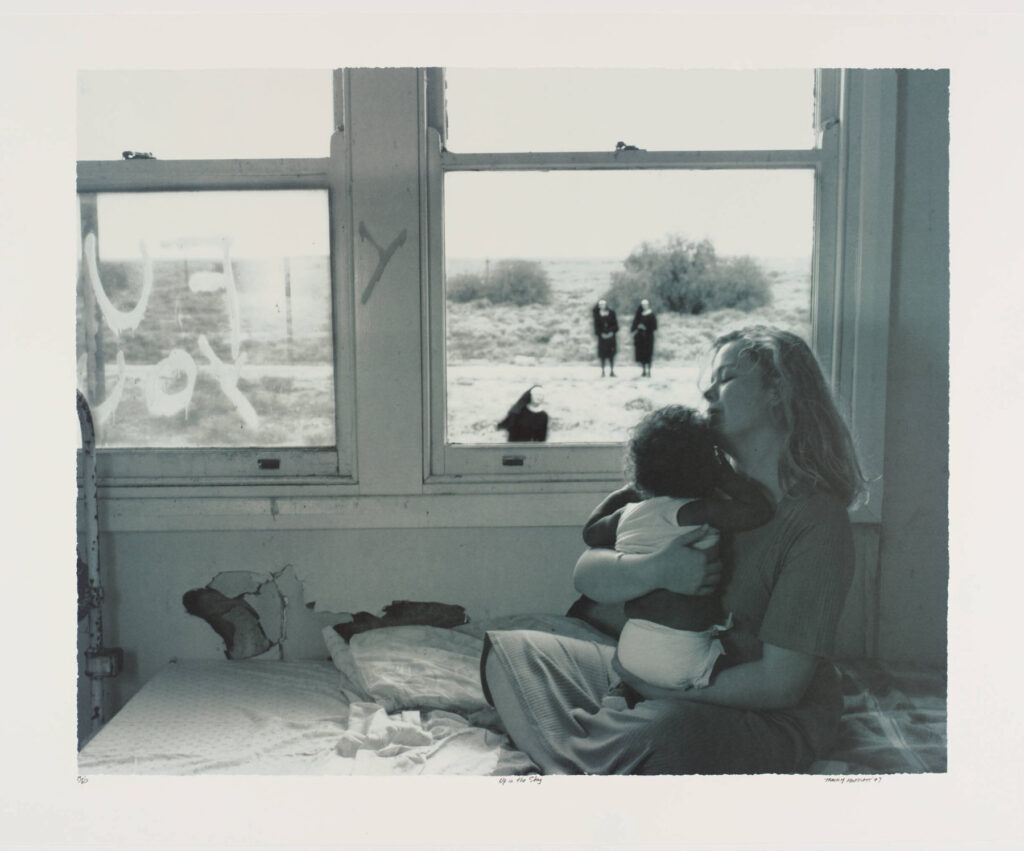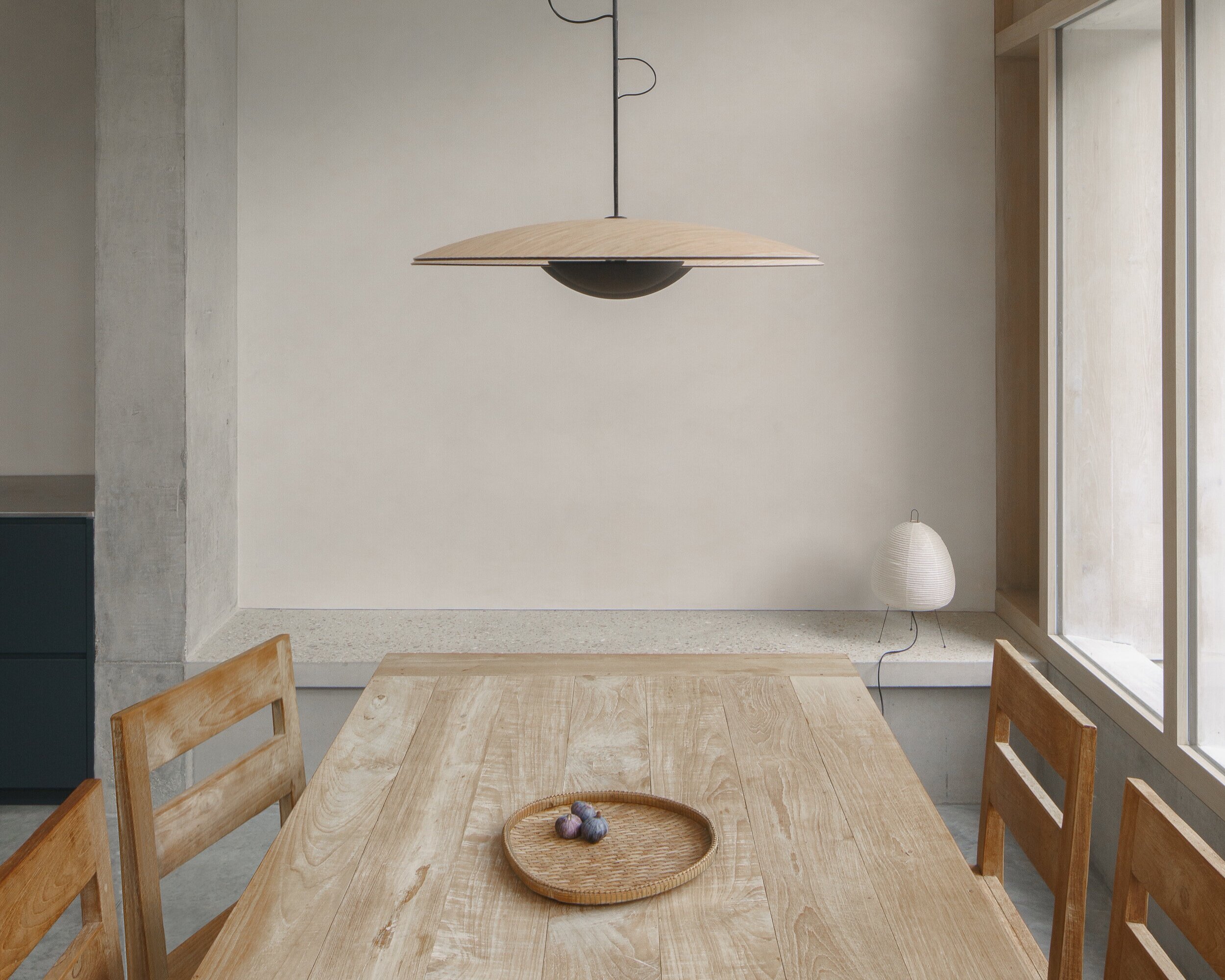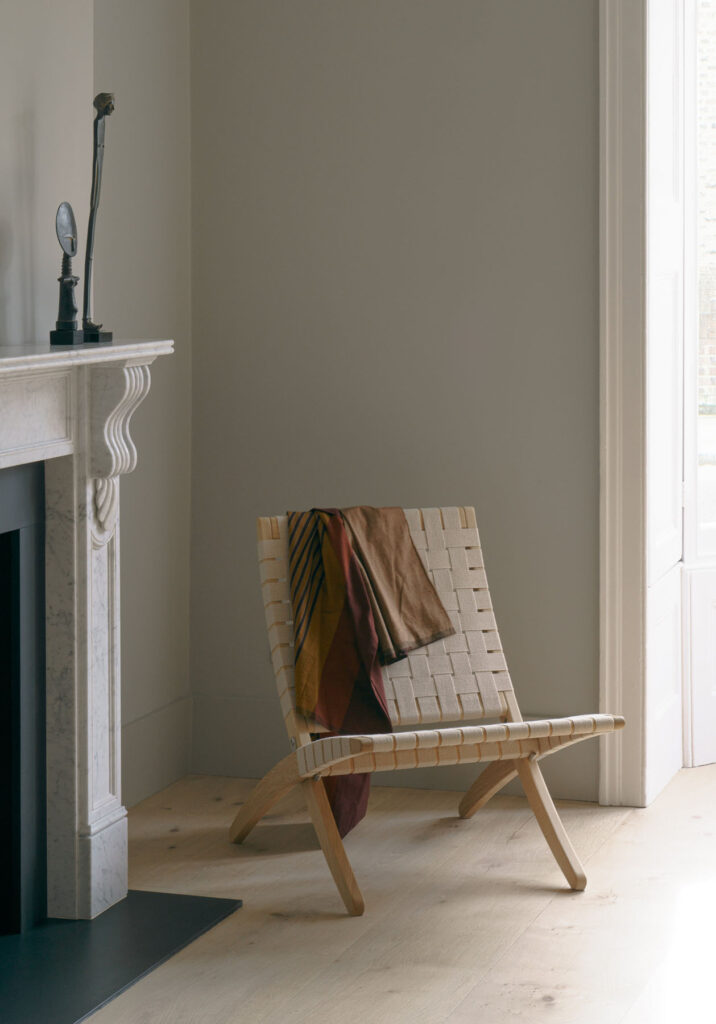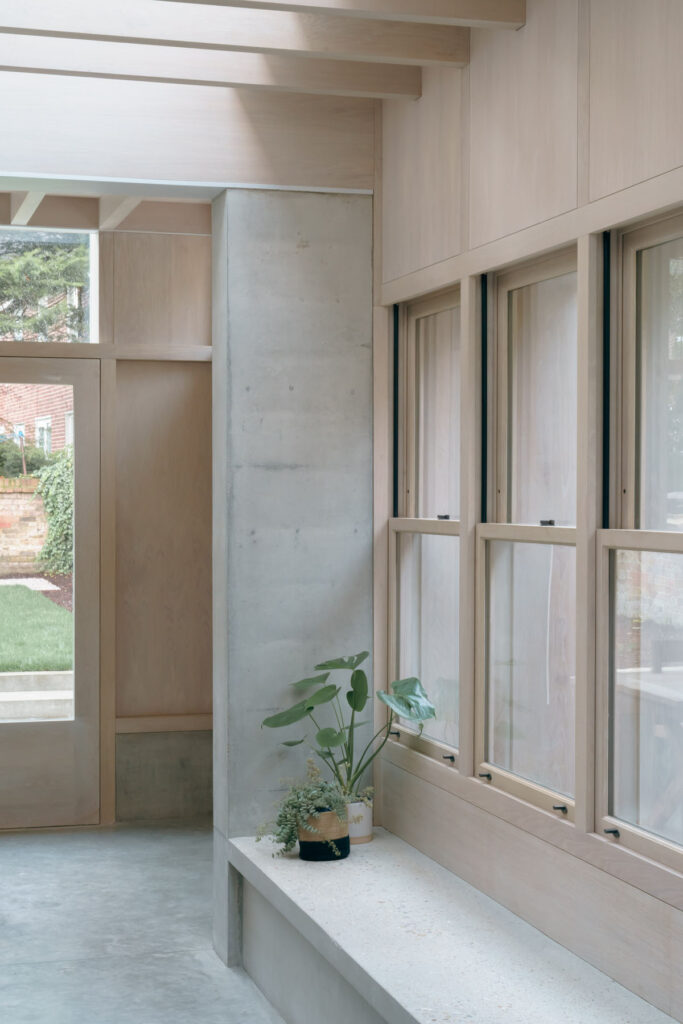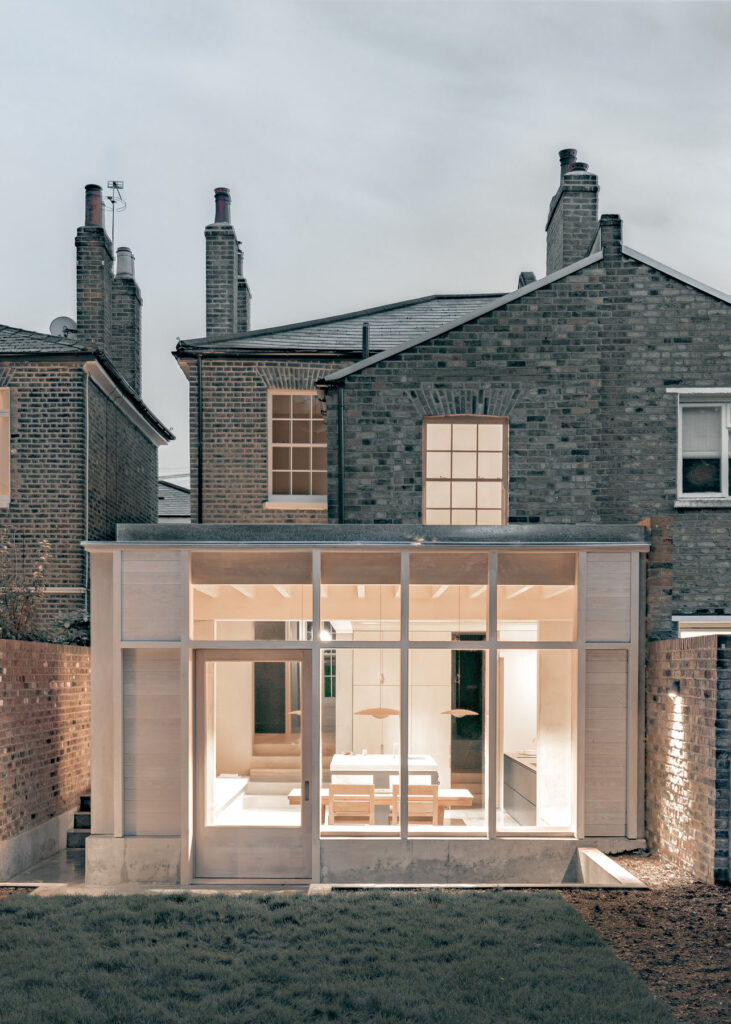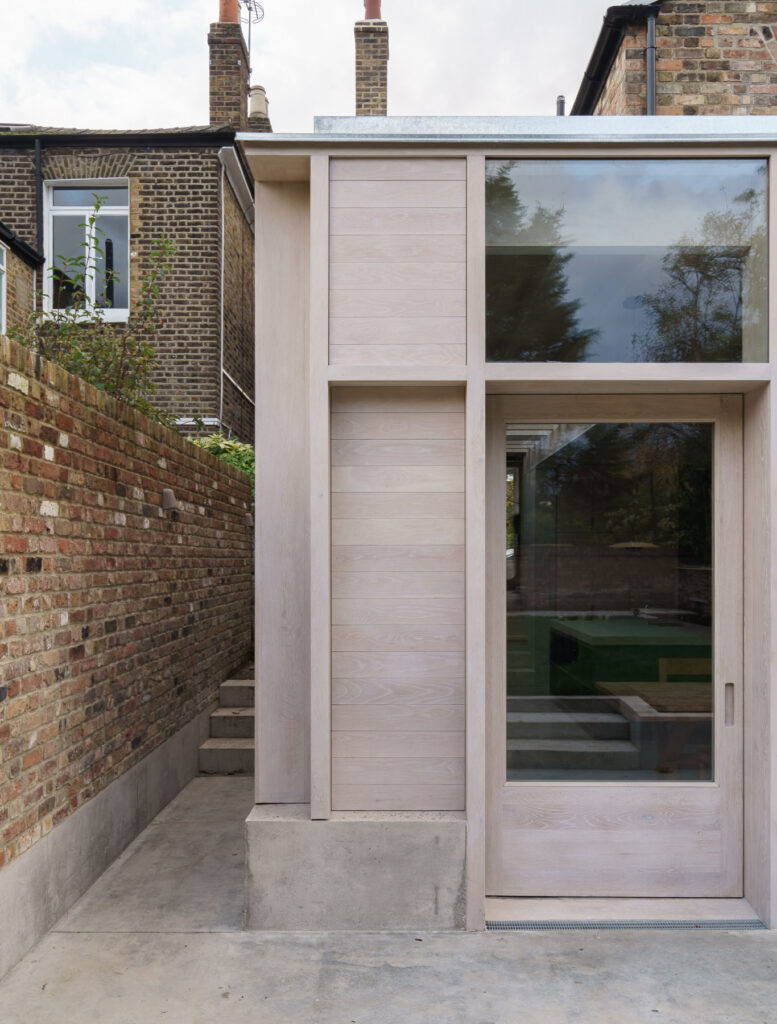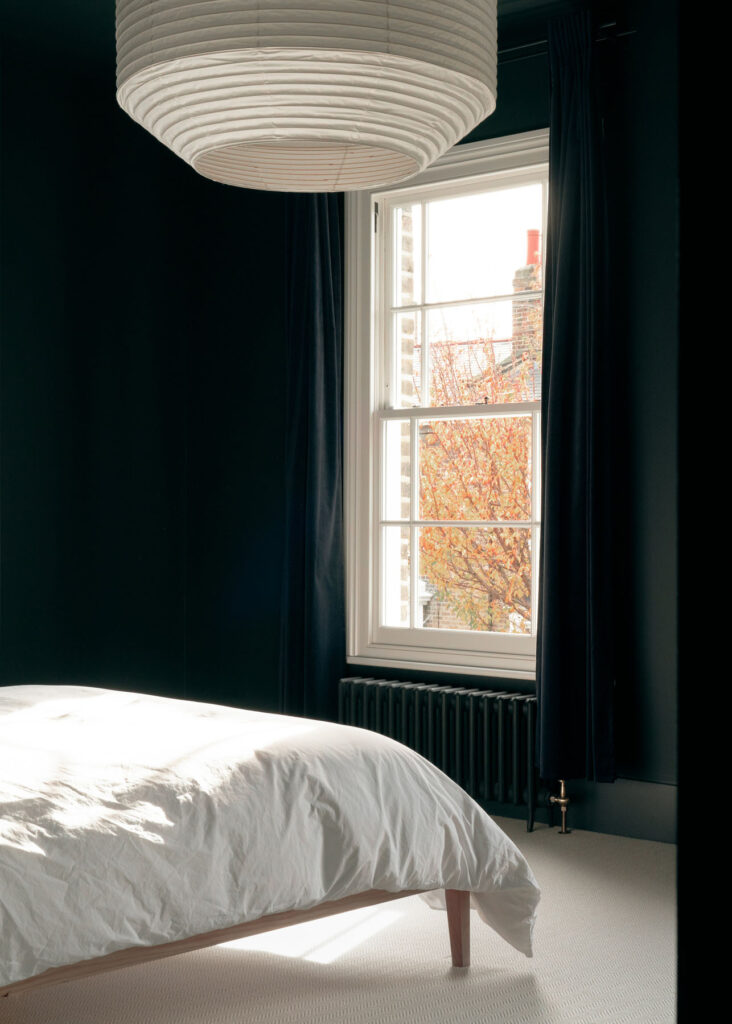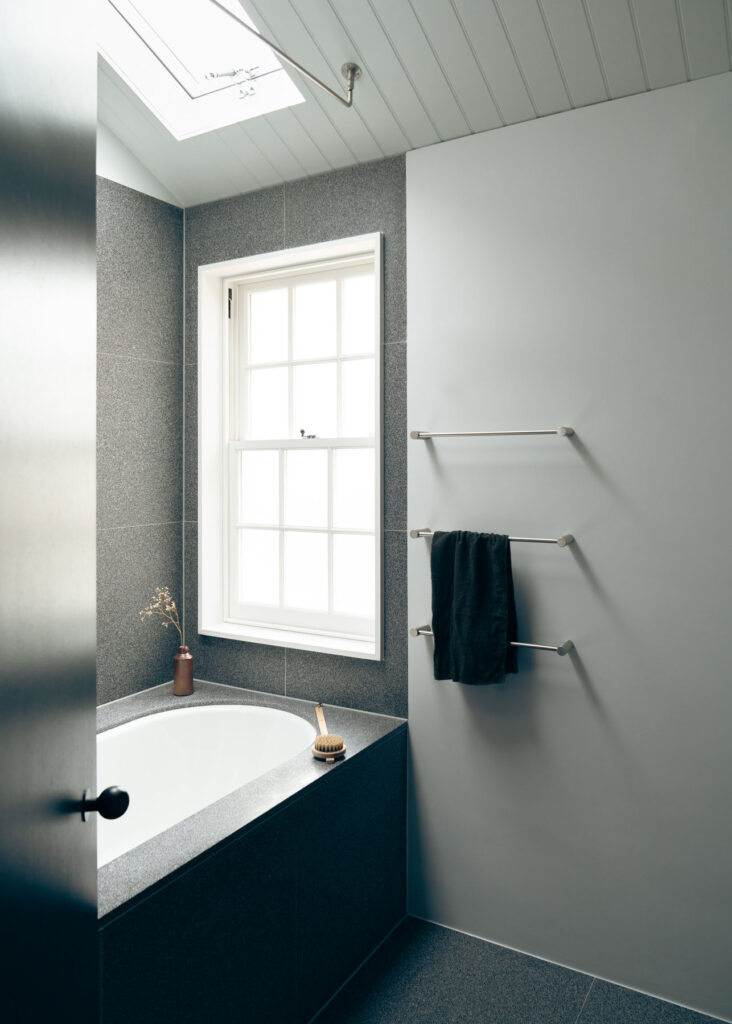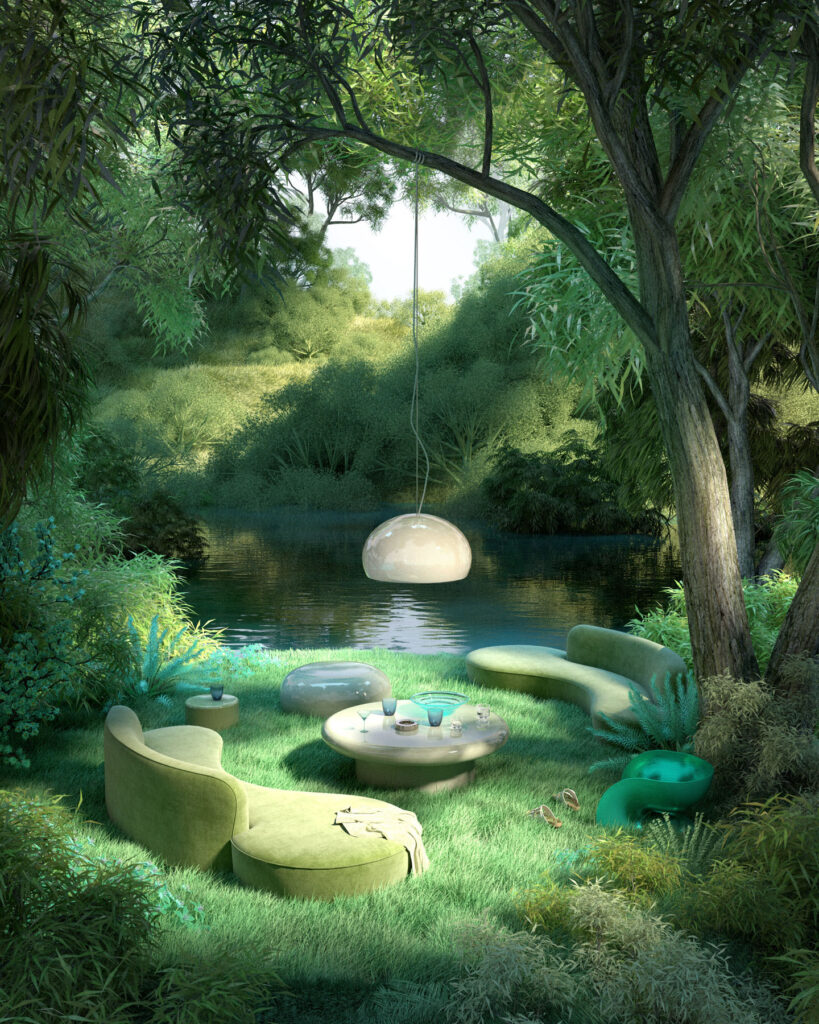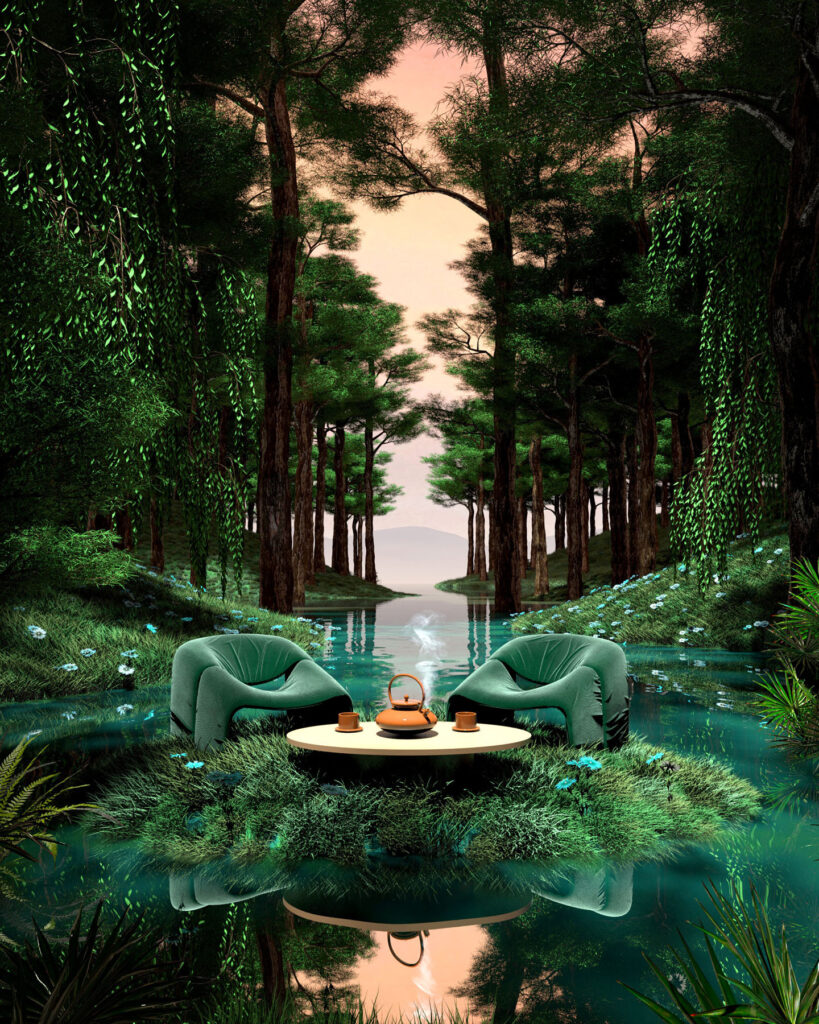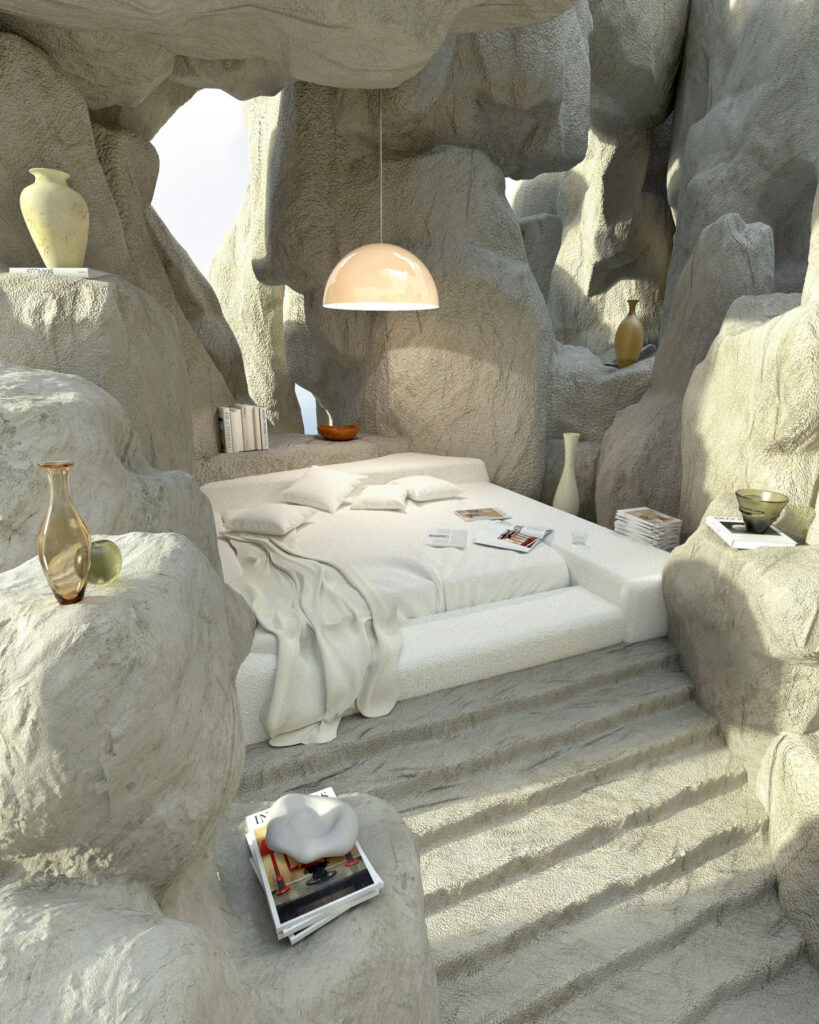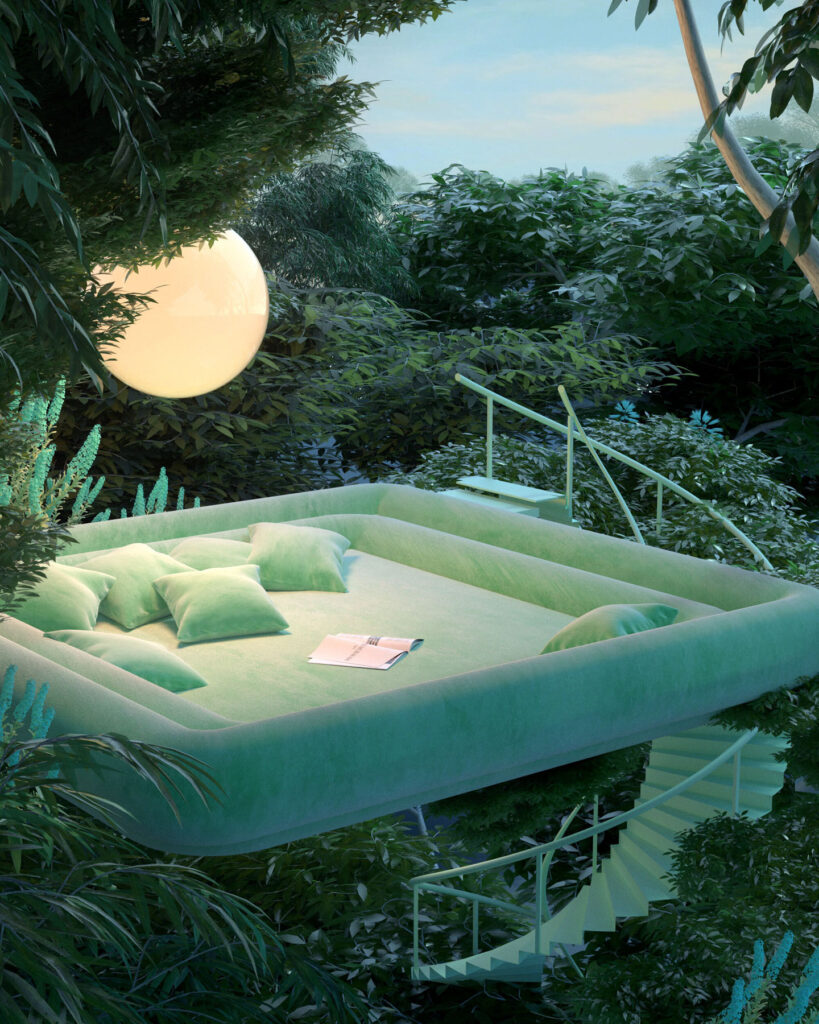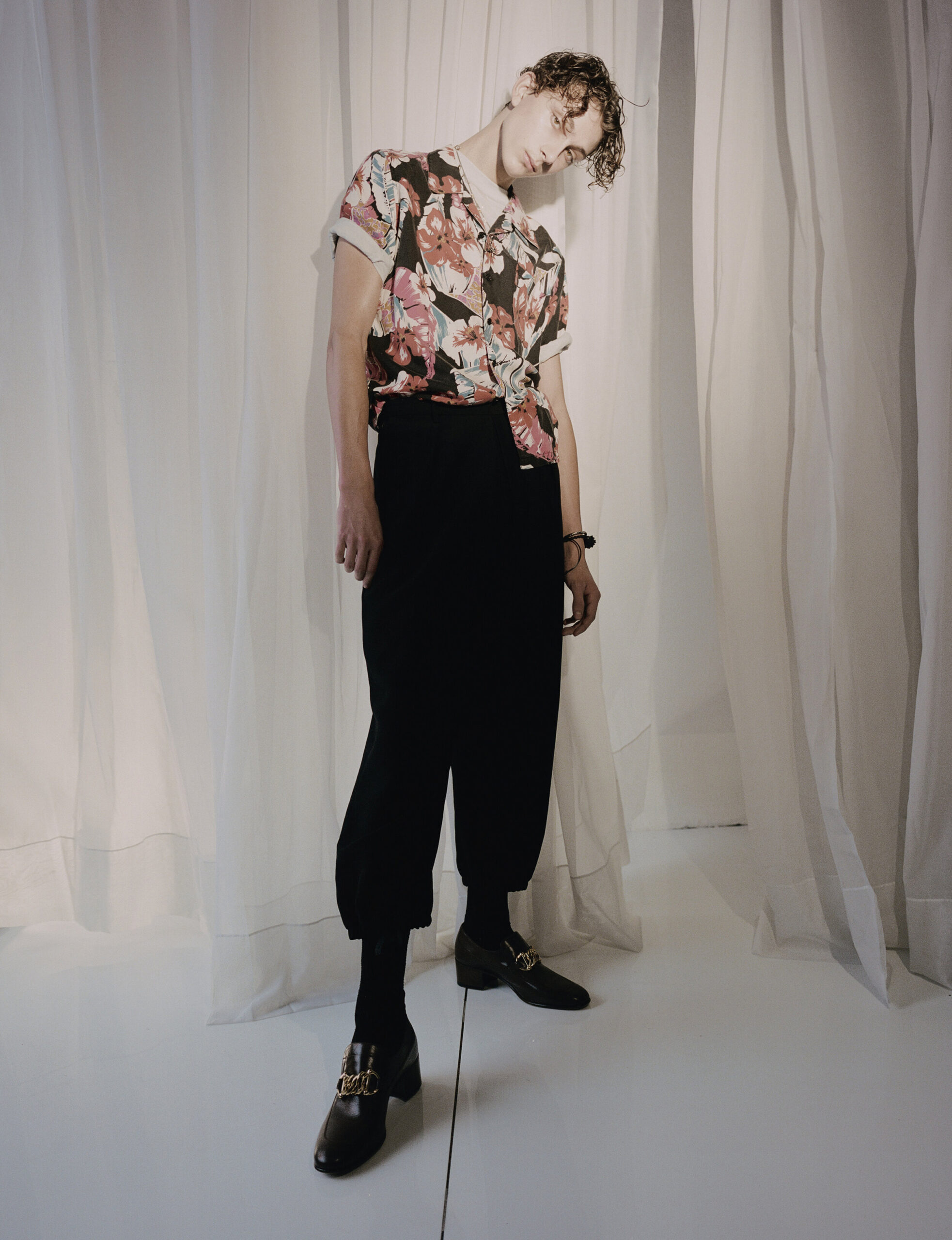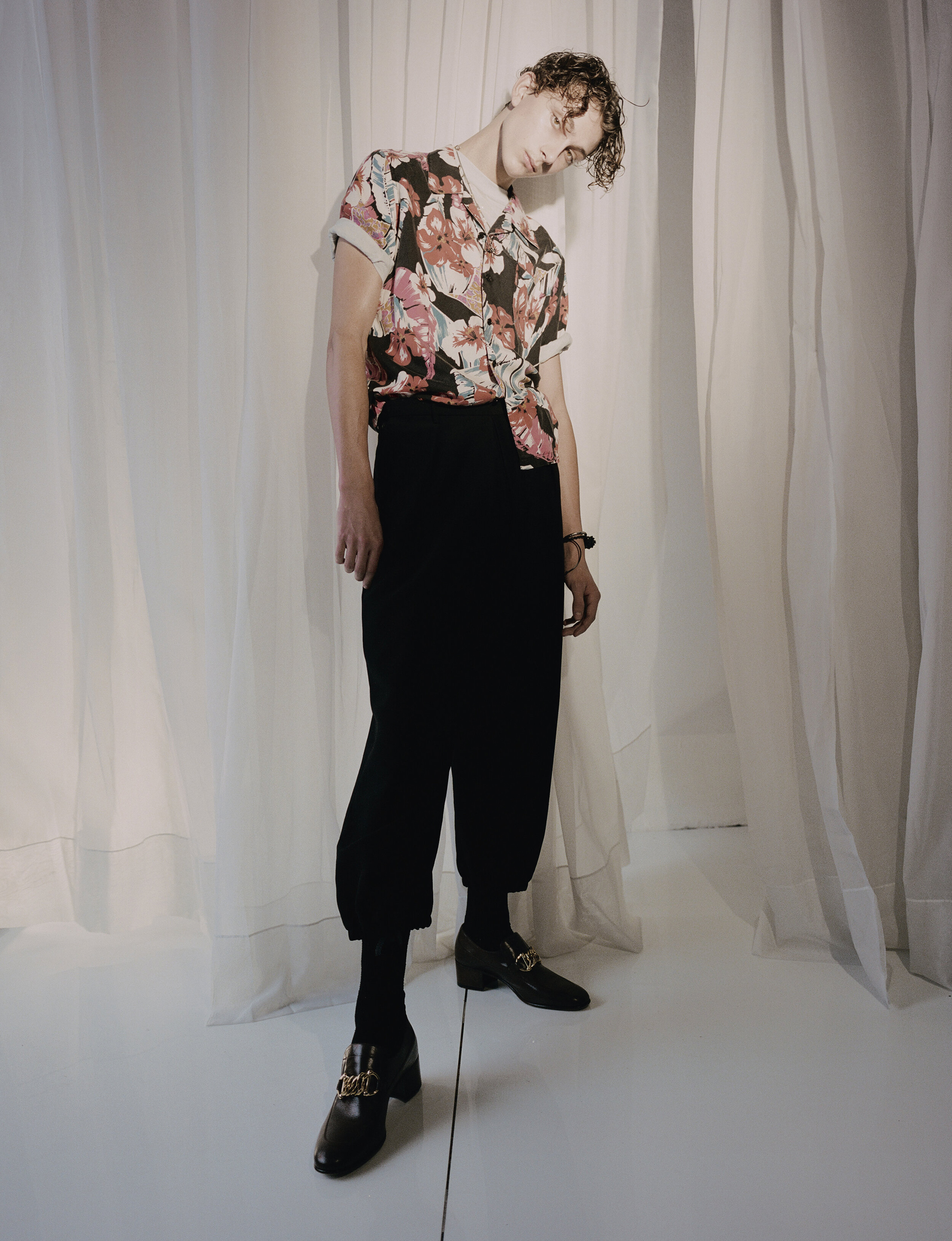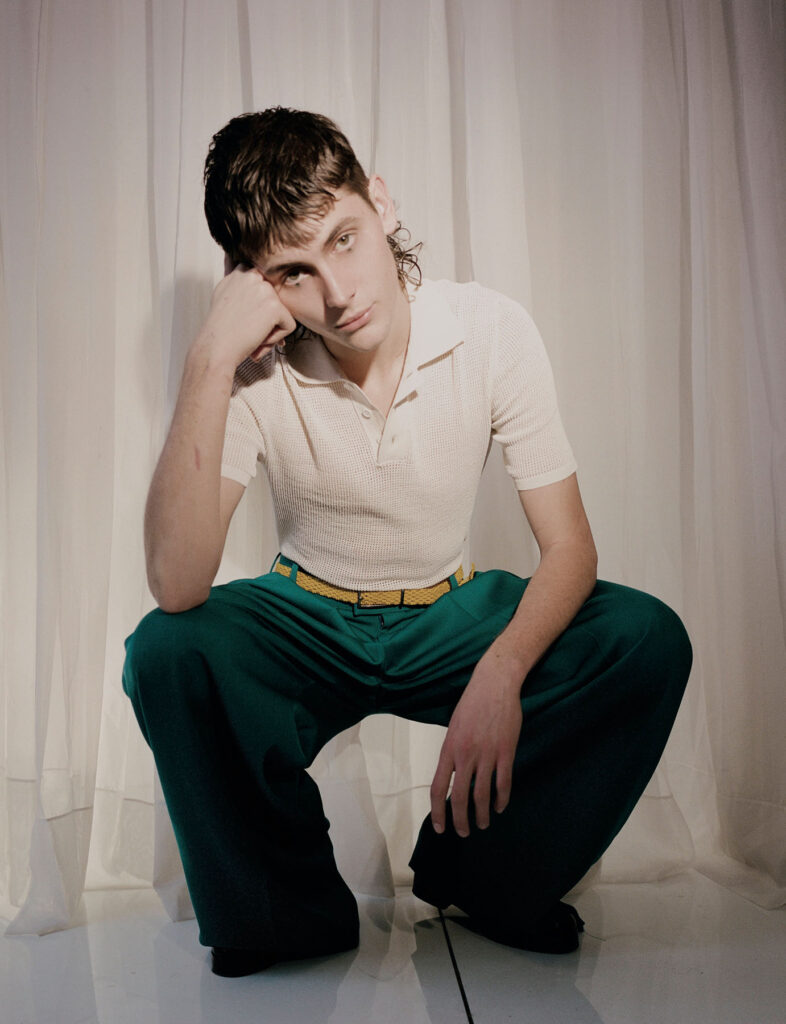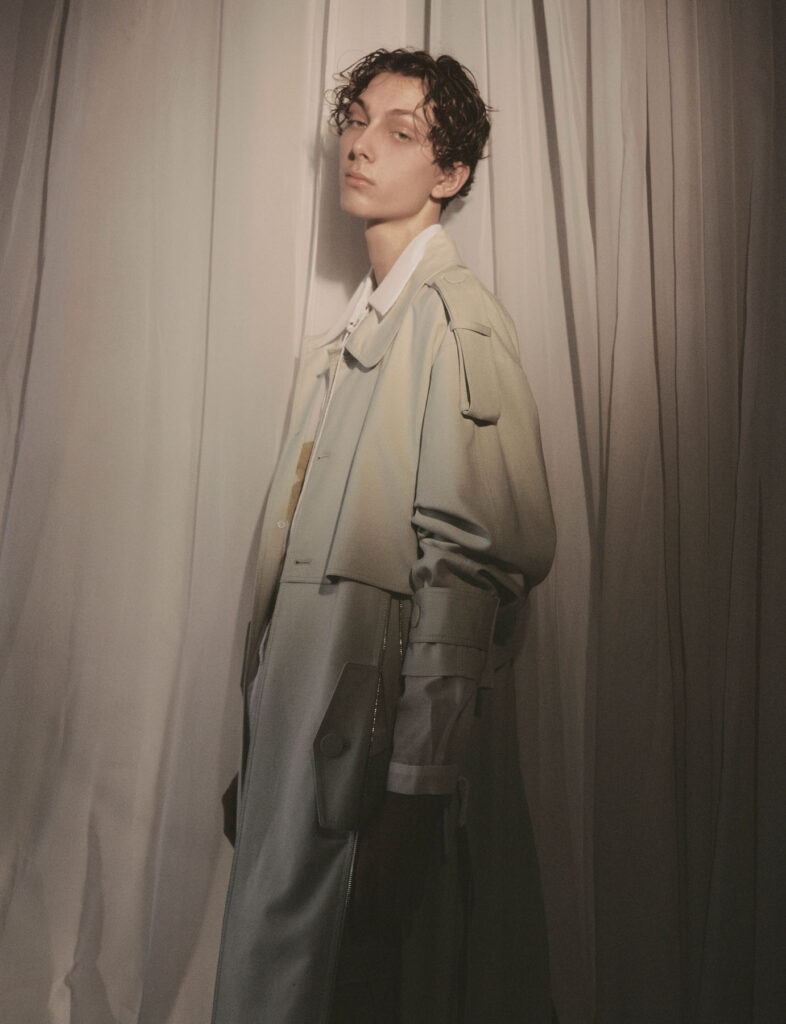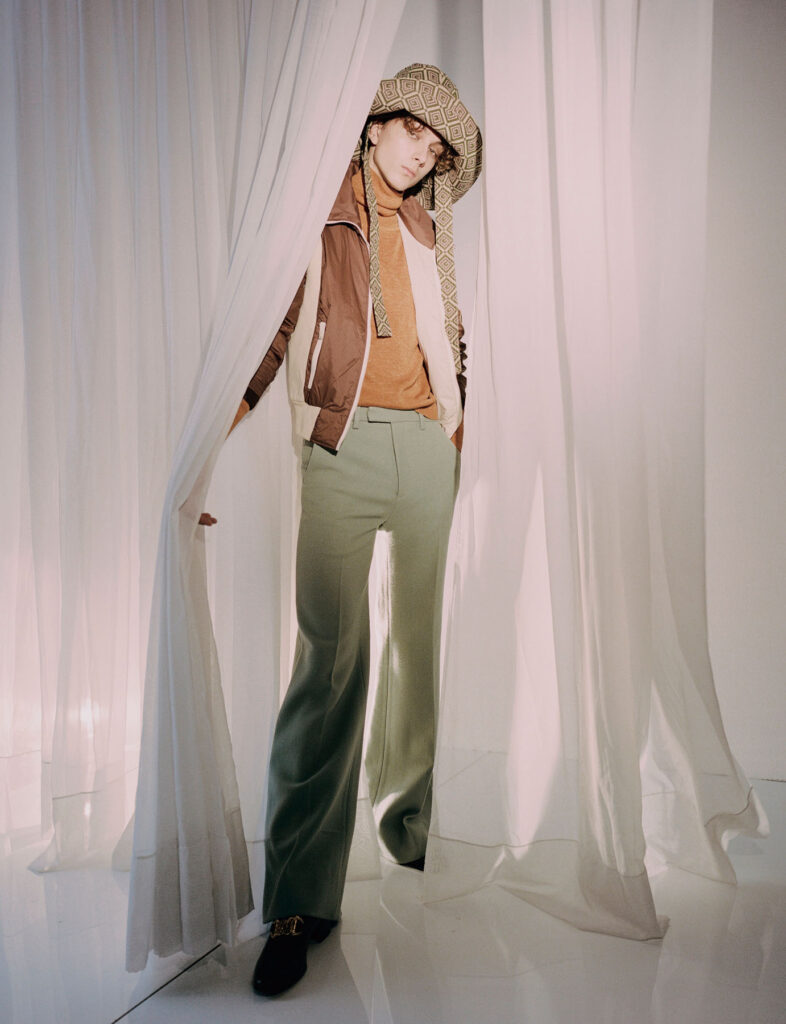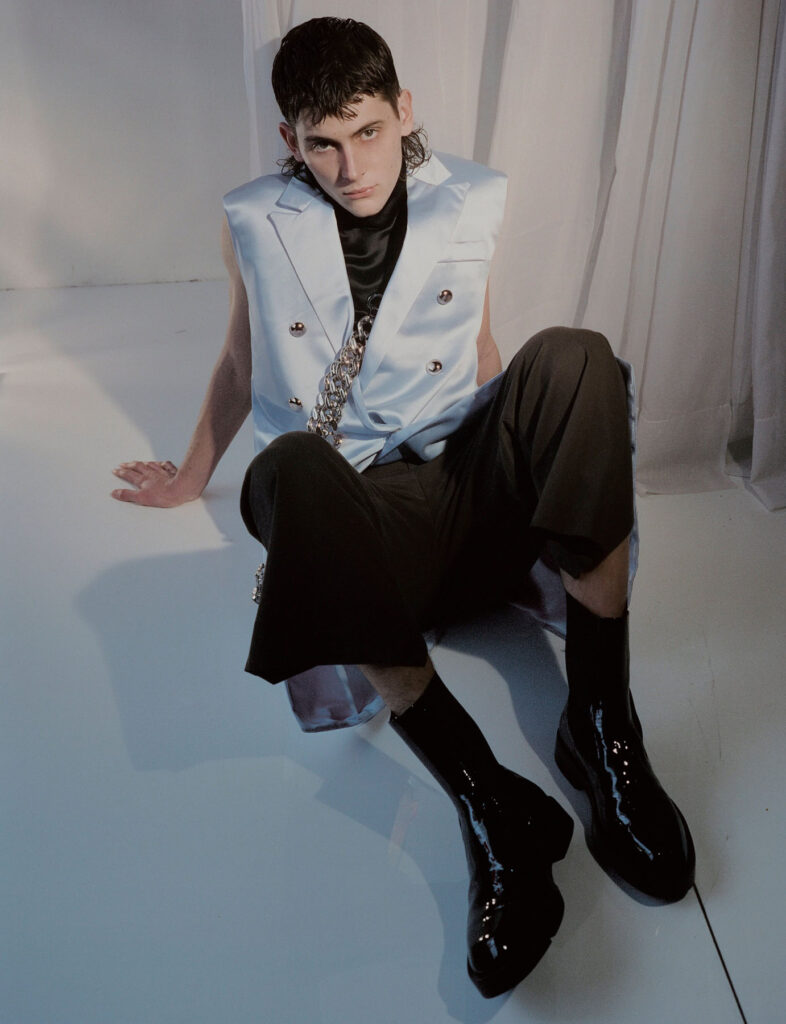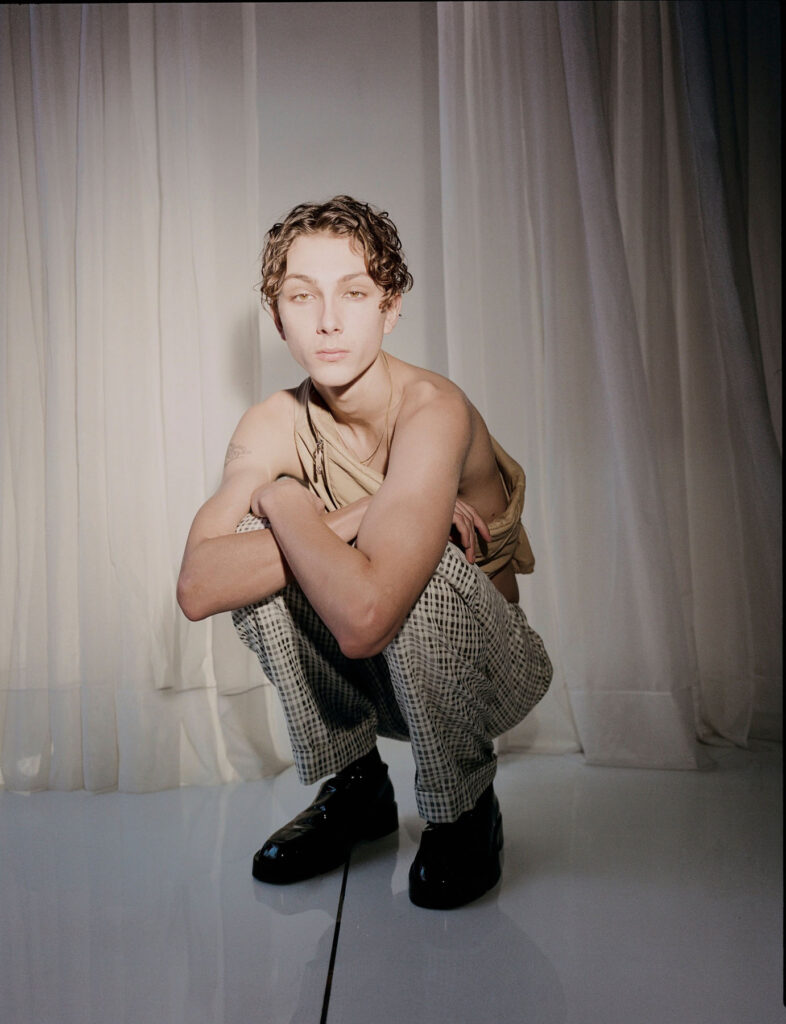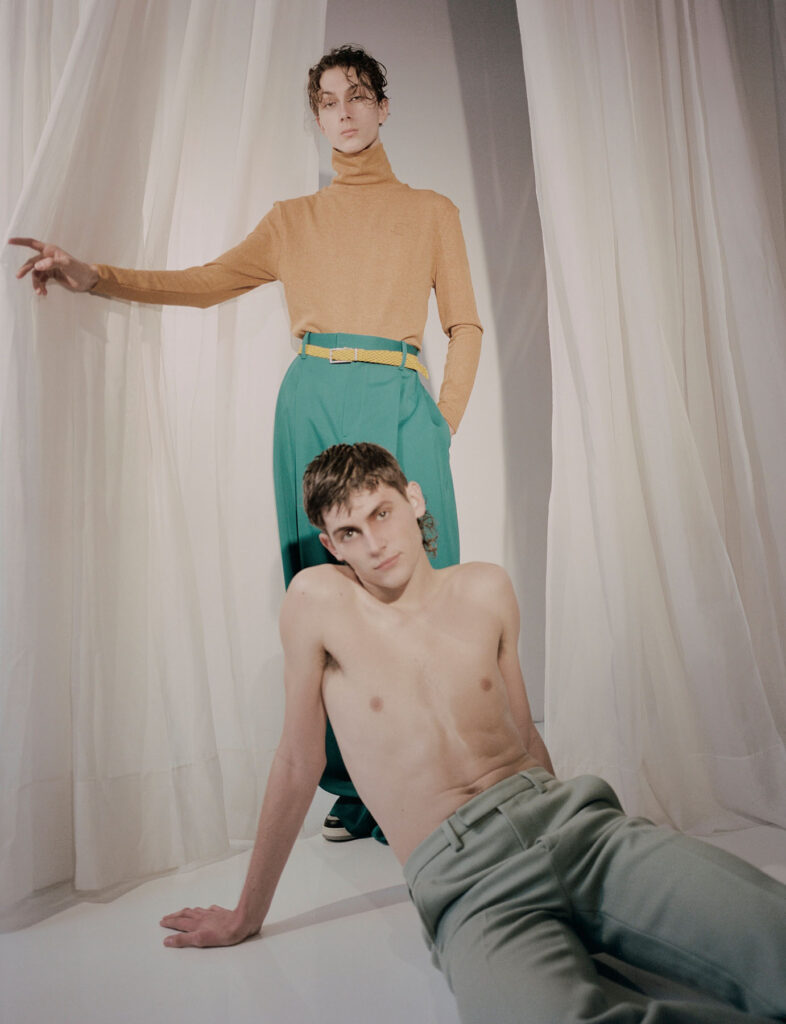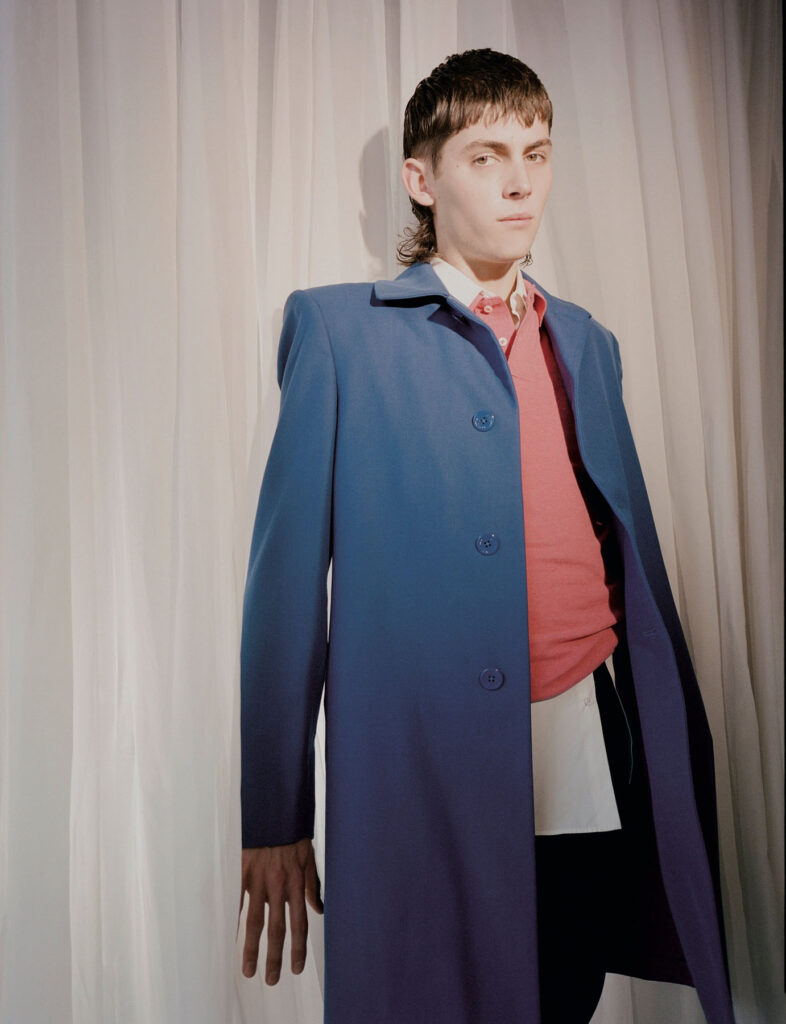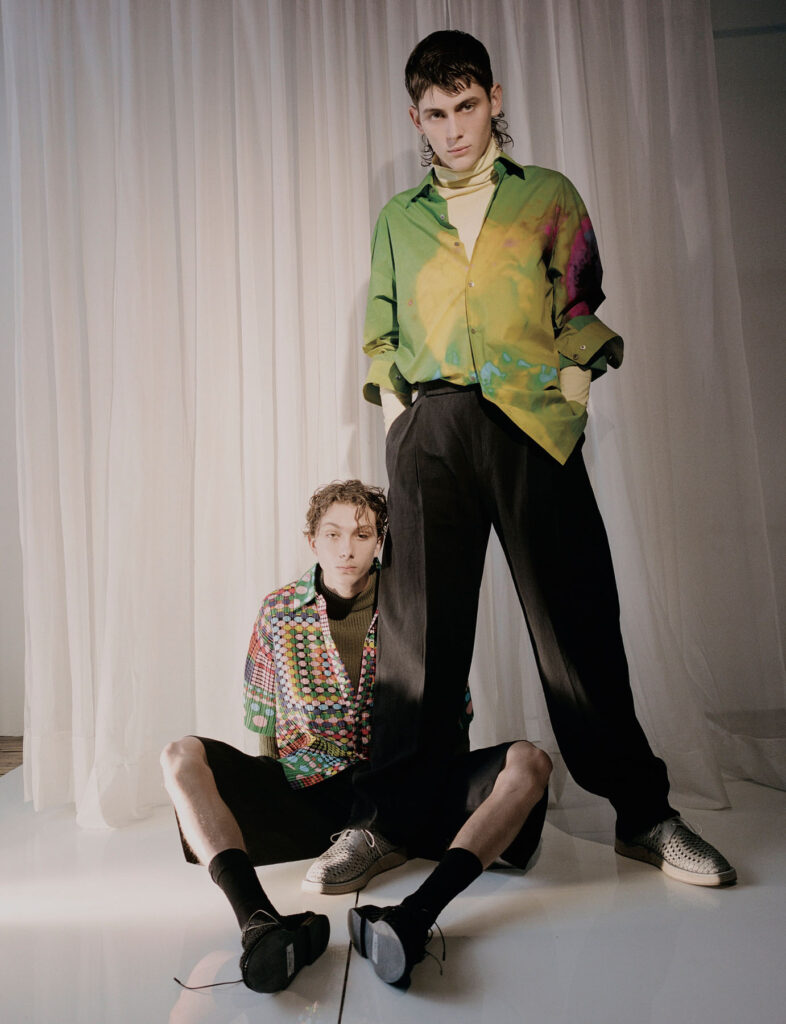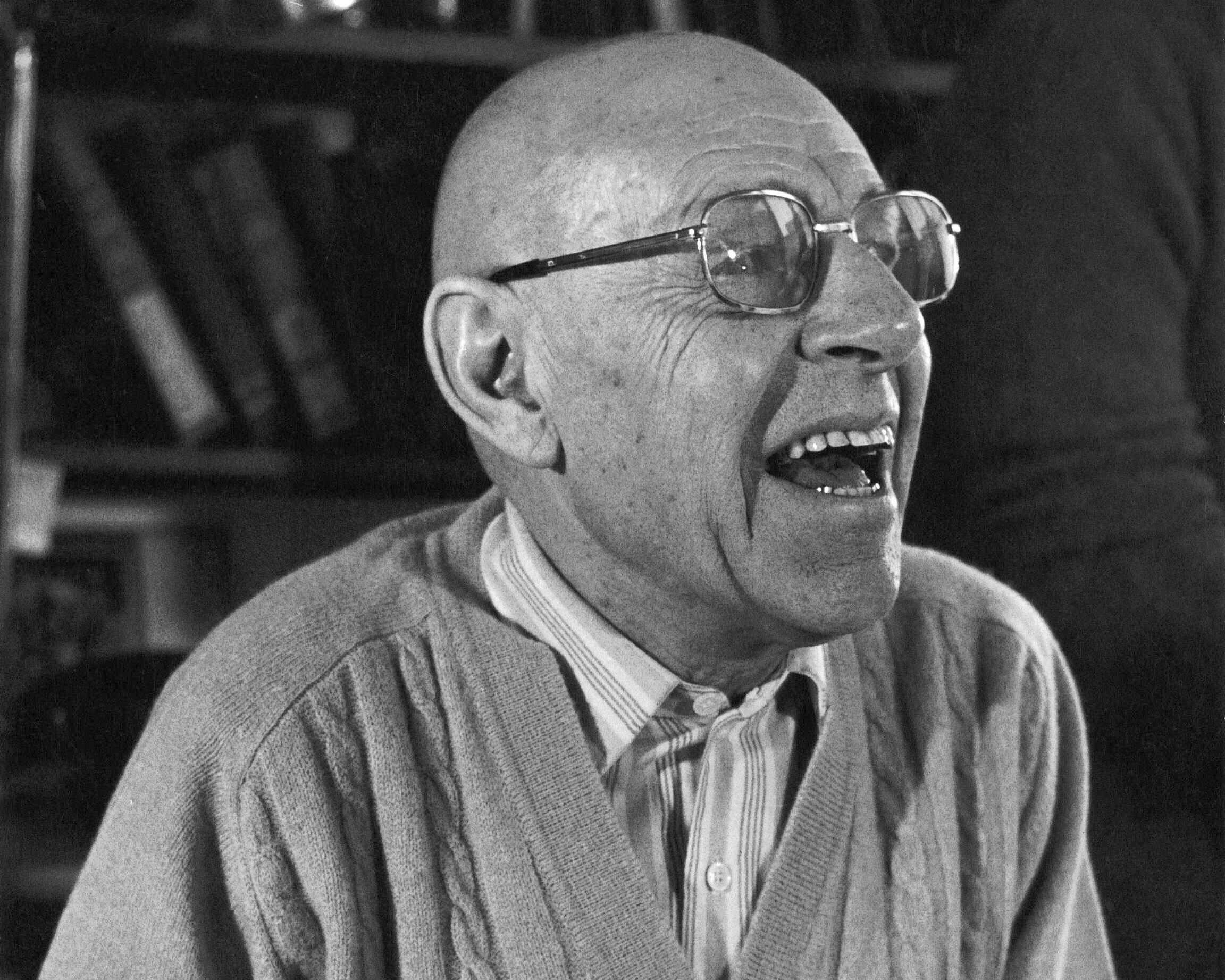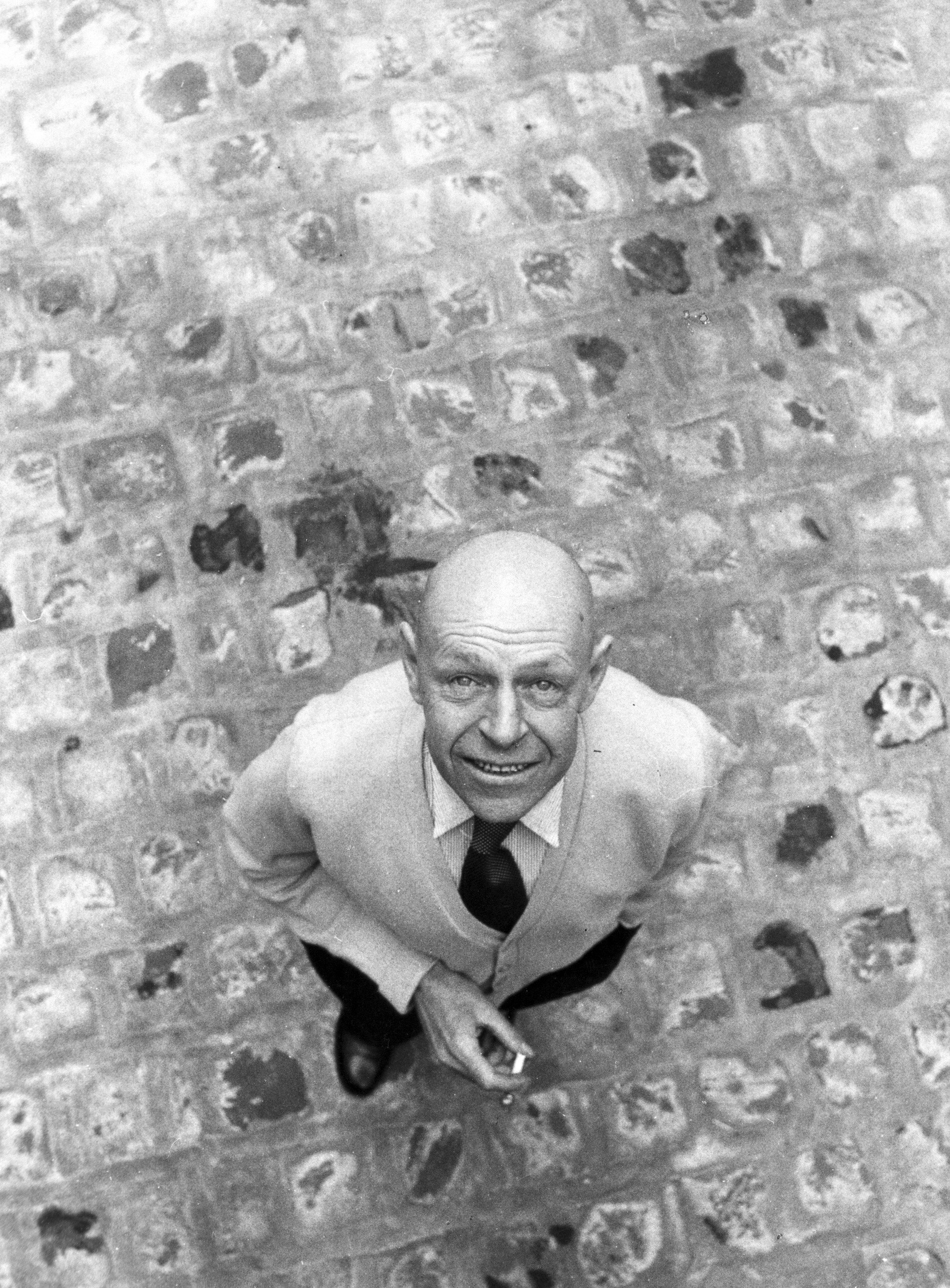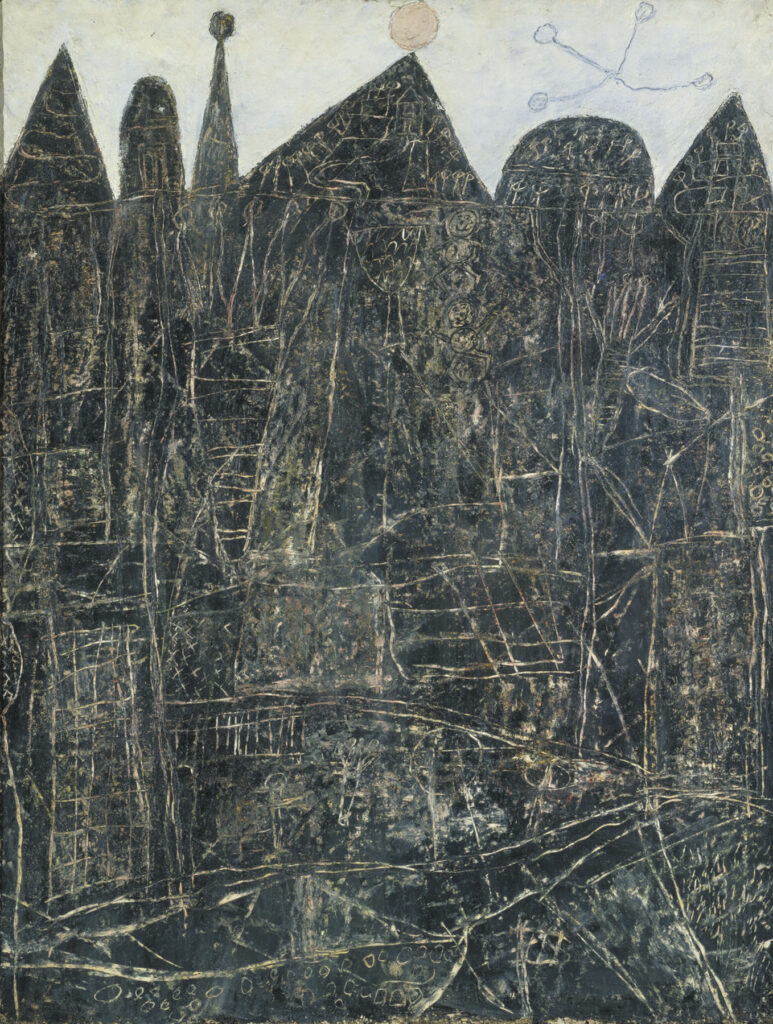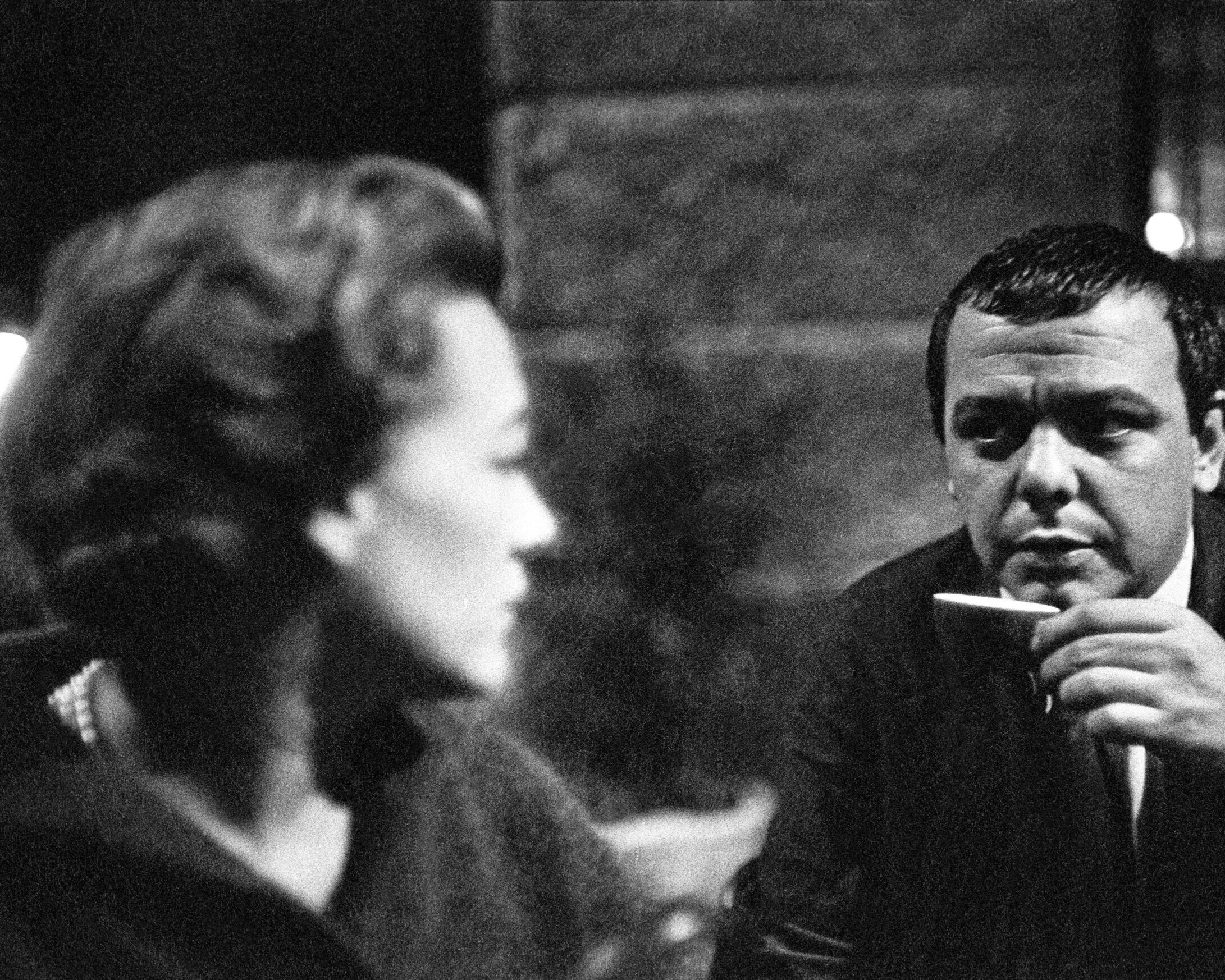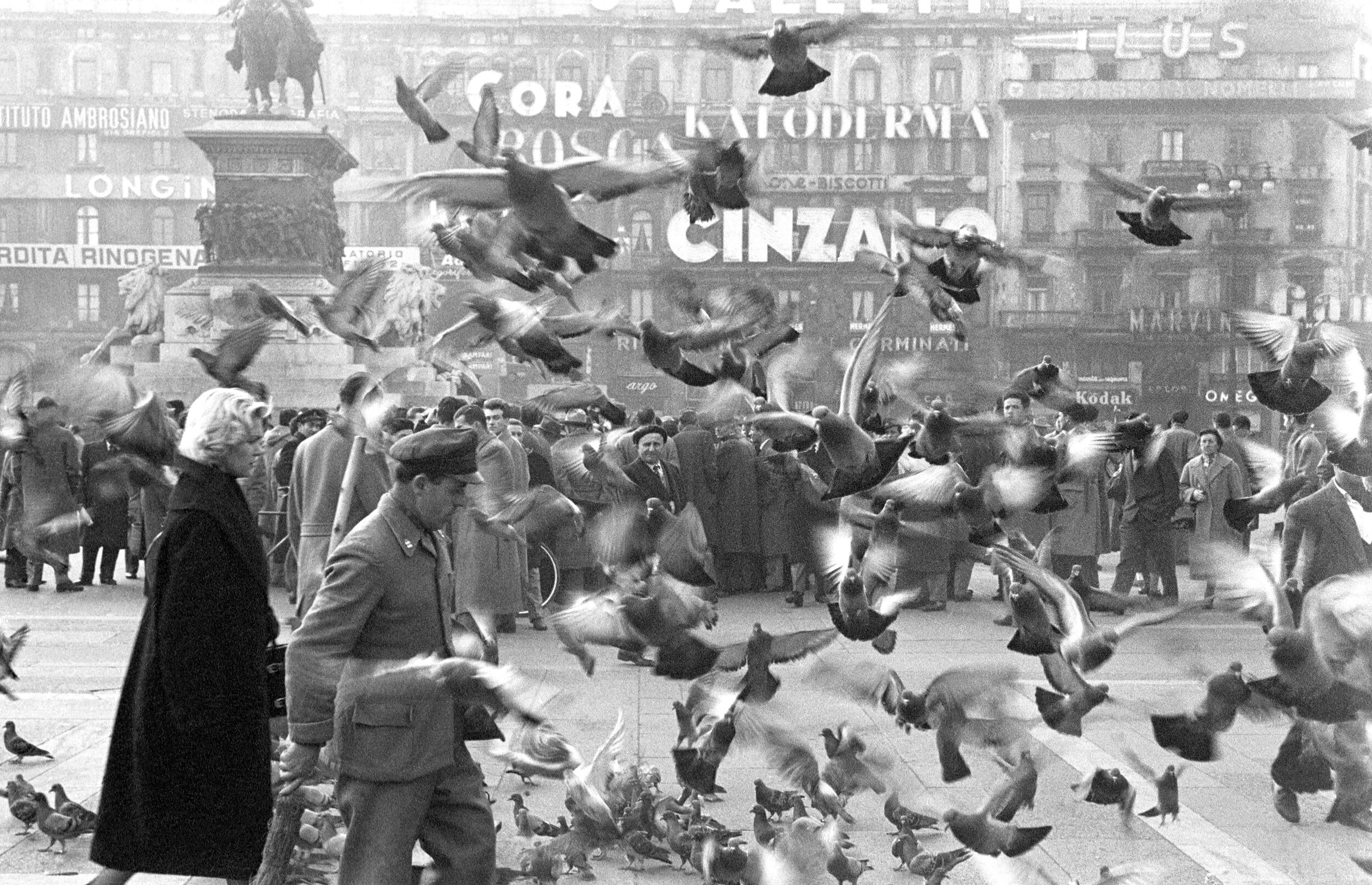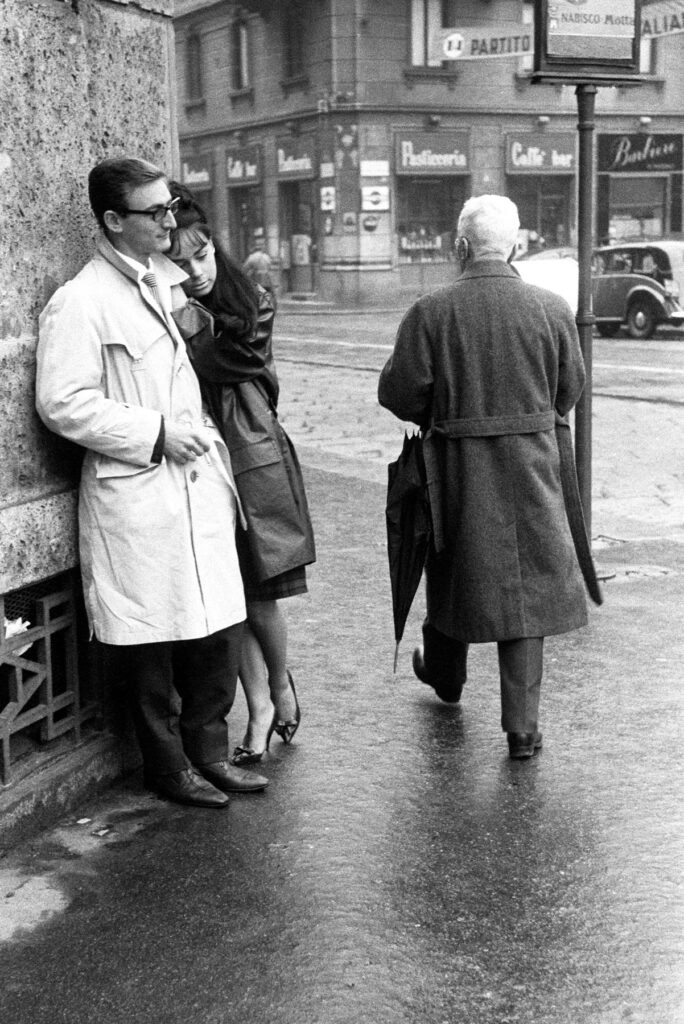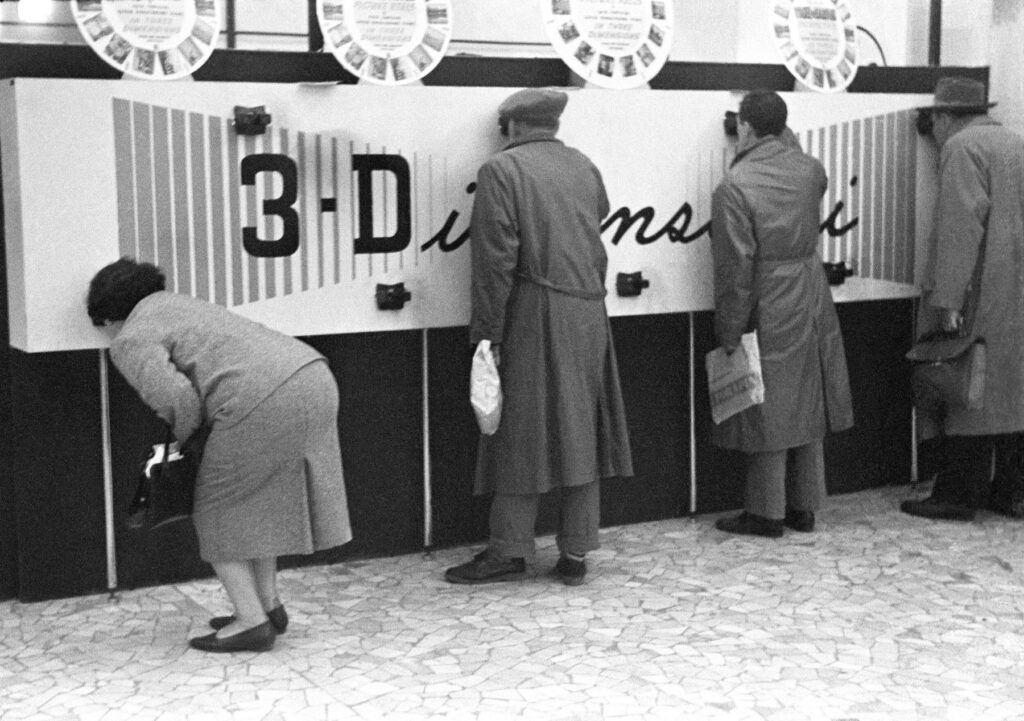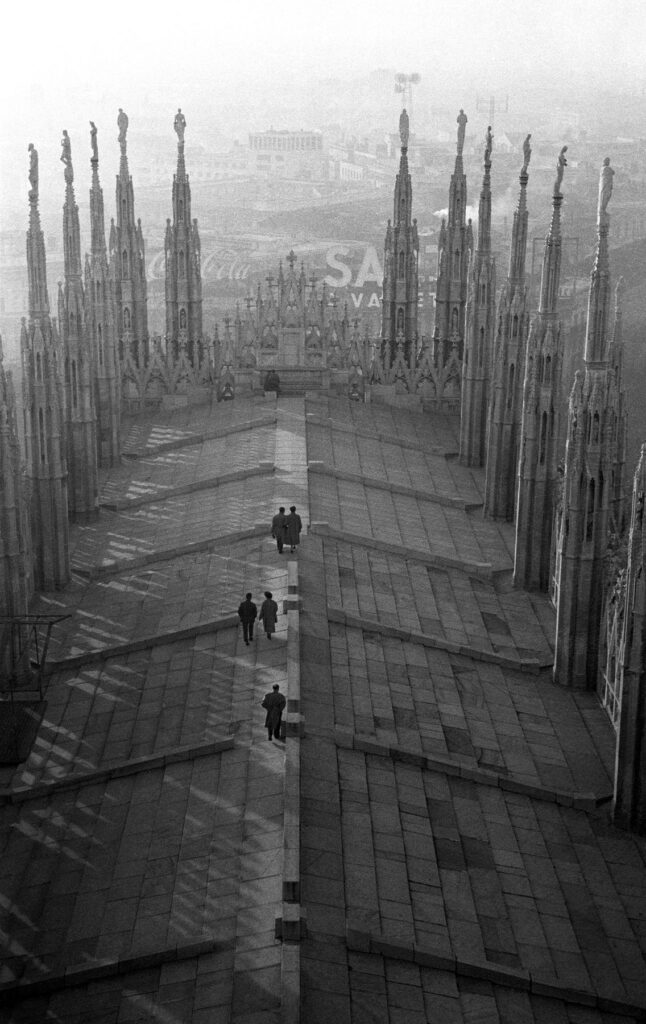
“it offers people the opportunity to sustainably express themselves”
Nina, 24, Berlin-based digital fashion designer and CGI Artist is switching the way we think of fashion.
With a manual approach to design on her back, the German artist has marked her name within the group of creatives which are trying to revolutionise our industry one step at a time. Talking through her development as a designer, Nina spoke with NR about the perks and countless possibilities of expanding fashion production onto the digital world.
Sustainability, visibility, inclusivity, these are just some of the many points that could affirm CGI creative production as the new chapter for contemporary consumerism.
Exploring emotions and how a new era of digitalised humanity would feel and look like, Nina’s work is the ultimate undermining proof that ‘a whole new culture is emerging’. Take a journey into Nina’s boundless digital world: a reality where oneself could be anything.

How has your approach to fashion design developed from manual to digital?
During my Master Degree in Fashion design I attended a course covering digital Fashion. While at first I was sure I would have stuck with classic Fashion design, I later on got caught with the digital aspects of it and began to teach myself CLO3D.
It really was quite a natural process learning and experimenting with digital Fashion and other 3D Tools like sculpting. Over time, I started to share some of my work on Instagram, and got into it even more. After realising the huge market, and the amazing Feedback over my art and work, I simply stuck to it. For my final MA graduation Project I combined digital Fashion, Abstract sculpting, CGI visualization and real tailoring.
Talk us through your latest projects and collaborations.
One of the latest projects I took part in was an editorial story for Vogue Portugal. Although they were shooting with actual clothes on a model, Baby G – taking care of post production – and I embedded CGI Elements onto the real Image afterwards. Glass flowers, abstract swirls around the model… We also recreated the model’s face in 3D and added more elements onto it: the point was to create a mixture of her real self, with her digital identity. This is the kind of photo compositing I love the most. It demonstrates the incisive ambivalence between real and virtual. Another project I have recently been working on was a collaboration with the fashion brand A BETTER MISTAKE. Being commissioned to make a video, I redesigned their real pieces in 3D, created an Avatar model for them and placed the product in a fully digital landscape.

What are the perks of digital design? And the cons?
The ultimate perks of digital design is the absence of waste. It is also a whole new creative world. There is nothing you can’t actually do: you are completely free when it comes to your choice of material, setting, environment, model, movement… It is also an amazing opportunity for young aspiring – fashion – designers: the digital realm allows you to showcase your work without the economical effort one would face when producing a collection in real life.
On the other hand, new challenges regarding the environment such as electricity consumption, are coming up. Also think about NFTs, and the usage for the end customer: it is still very limited, as ‘body tracking’ is still evolving.
Taking into consideration the advent of NFTs and the marketing aspects related to it, where do you portray fashion within such instances?
I believe NFTs are enabling digital fashion pieces to be an art piece on their own. NFTs in general give artists the opportunity to make money out of their practice without having to depend on clients or commission work. Through such a marketplace, customers are able to own something special, a unique garment, just like it is in real life with couture pieces or limited editions.
How does technology affect the value of design?
Personally, it adds value and sets designers free from real life restrictions. Creating digital art or digital fashion is a real craftsmanship: the hours of work, the challenges and the design that goes into a digital dress should not be underestimated.
Furthermore, through the world of NFTs, technology is now able to really display the monetary value of digital art and, eventually, make it tradeable.
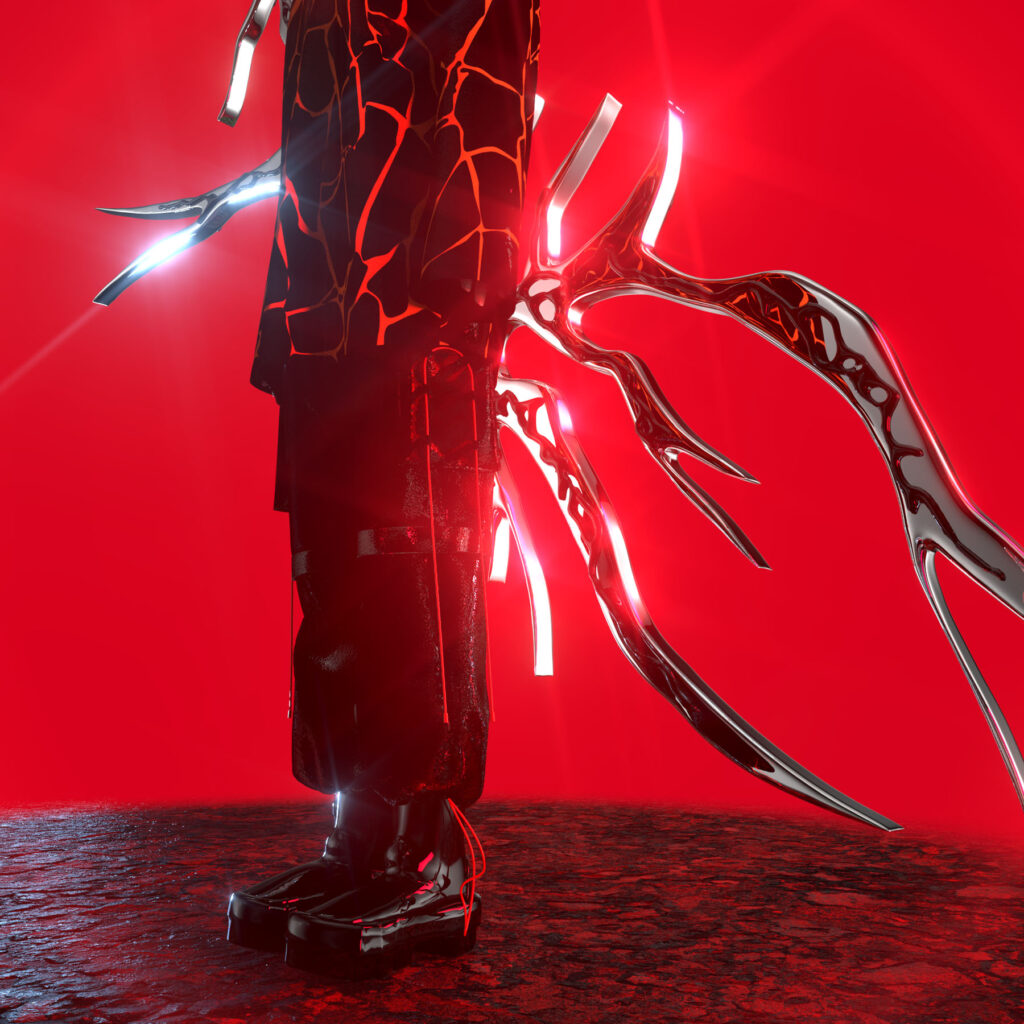
Can CGI technology determine the way people look at tangible products? What do you believe to be its impact in culture?
When it comes to marketing campaigns, CGI technology can transport a lot of emotional storytelling. It gives you the opportunity to showcase anything you feel could fit within a specific story, it allows you to enhance the tangible product at its best.
CGI can also create products that don’t even need, nor can, tangibly exist: when it comes to face filters, or digital makeup, the asset of possibilities is countless. A great example is the work by the amazing 3D makeup creator Ines Alpha.
When it comes to face filters, especially those not intended with artistic value, the idea of ‘optimizing’ the face remains. This has definitely an impact on our culture: it manipulates how we look at ourselves, how we think of beauty.
On another note, it is clear that reality, and the virtual world with its identities, are fusing unstoppably. Our digital identity is part of ourselves, and vice versa. With the rise of our digital being and identity, there is a whole new culture emerging.
Could digital design contribute to sustainability in fashion?
Definitely! There are plenty of aspects that can contribute to sustainability in fashion. Think of production for example:
“sampling & fitting can be done digitally, design choices can be tried and decided digitally, the whole, before producing the final garment.”
Campaigns or editorials can be done digitally. Alternatively, travel could also be avoided by shooting the story in a studio, to later add a CGI background to it.
Thinking of social media presence, it offers people the opportunity to sustainably express themselves: ’the digital’ in fact reduces consumption and the impact of fast fashion.

Finally, where will your practice lead you next?
A new chapter is starting for me at the moment. I just finished my Master thesis and I can now fully focus on working and creating. I am currently working on a project with The Fabricant, which is really exciting to me. I have always dreamt of being able to join their vision and create something together with their team.
Credits
Images · Nina Doll
